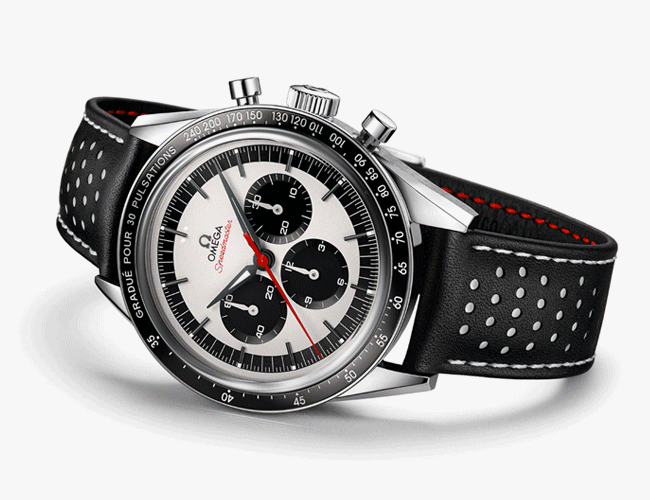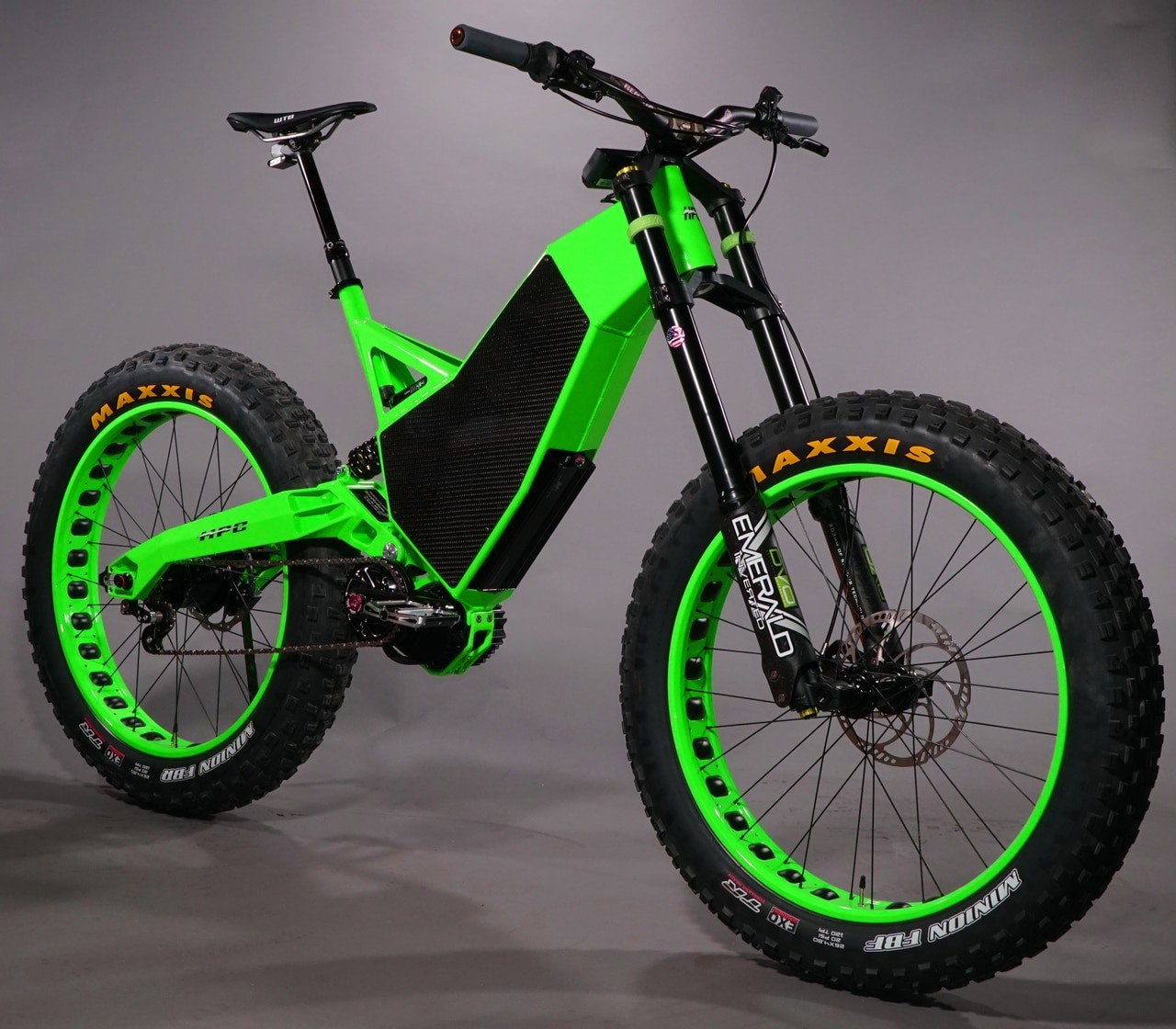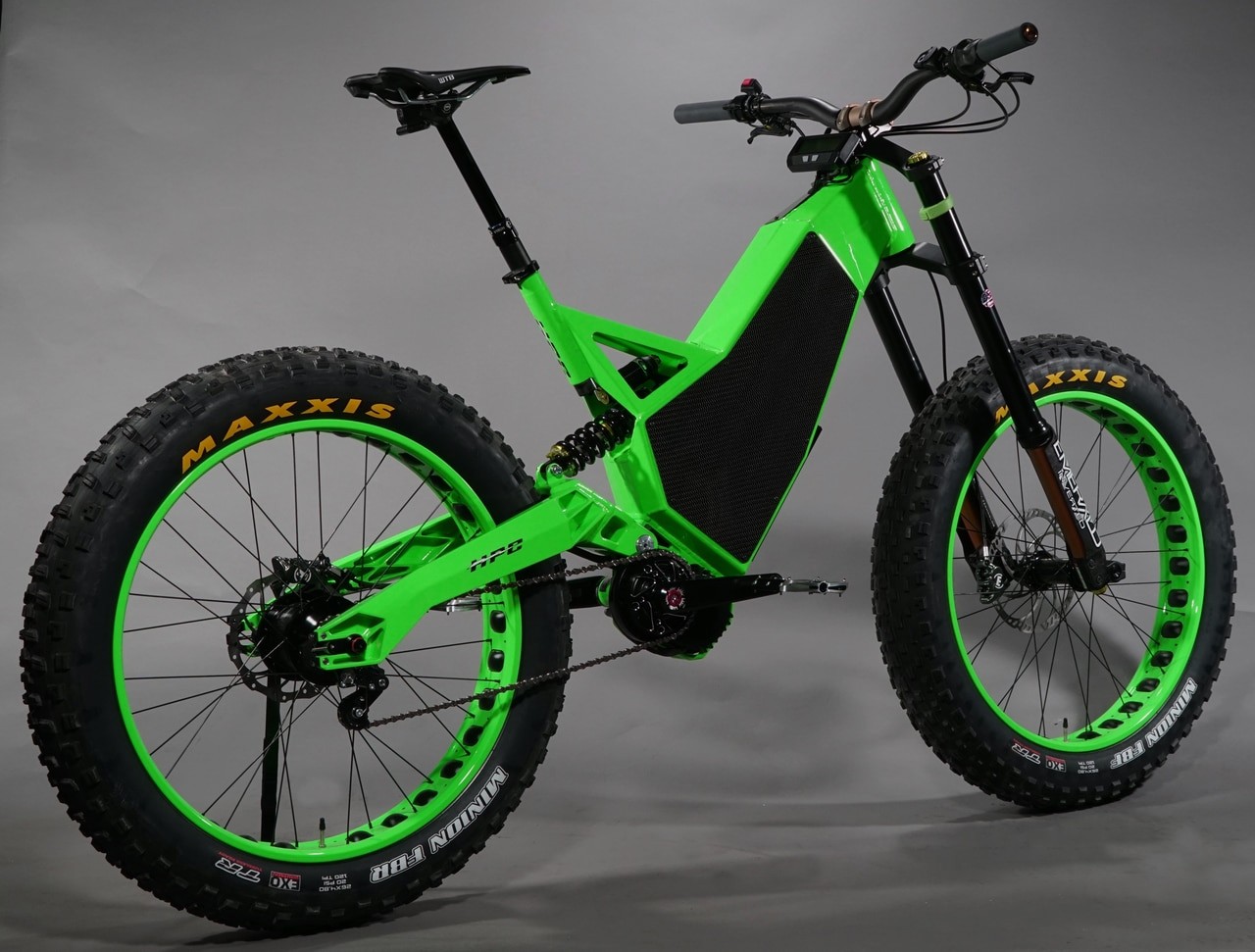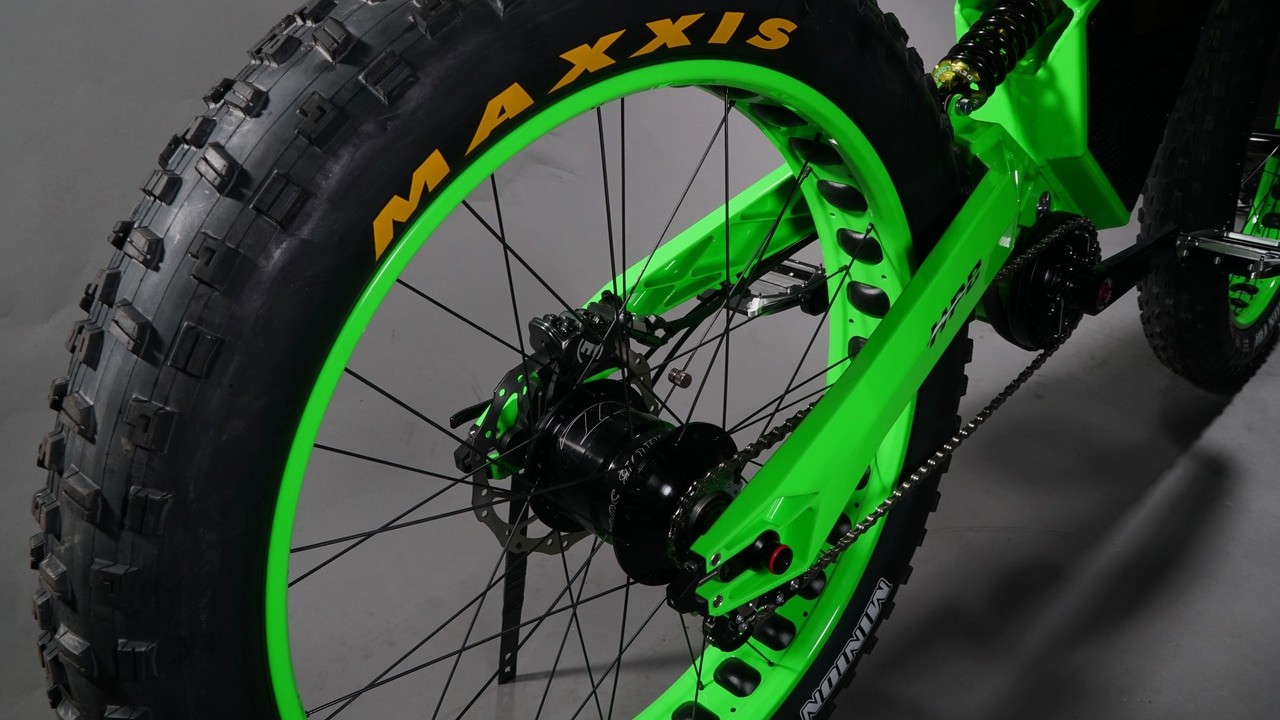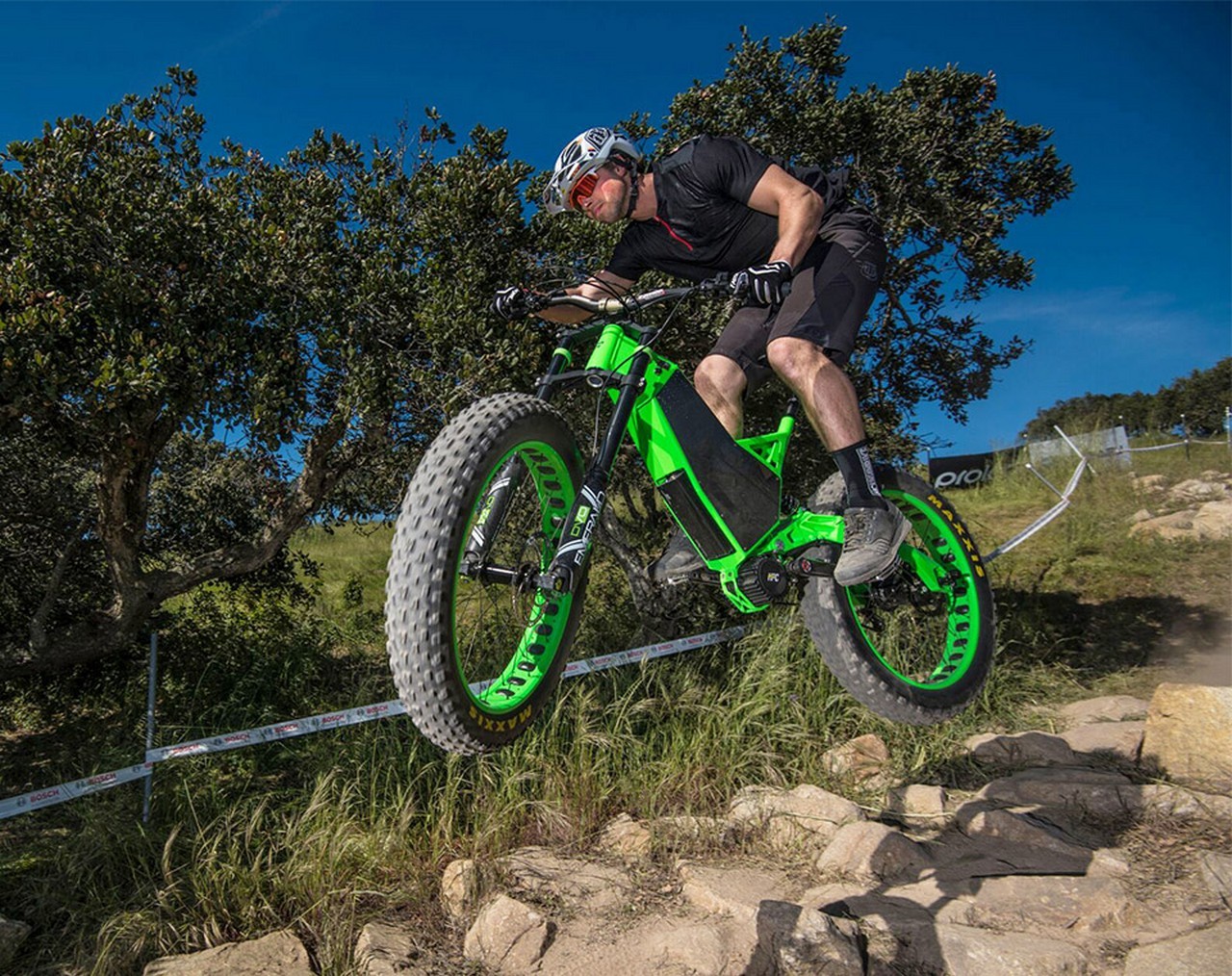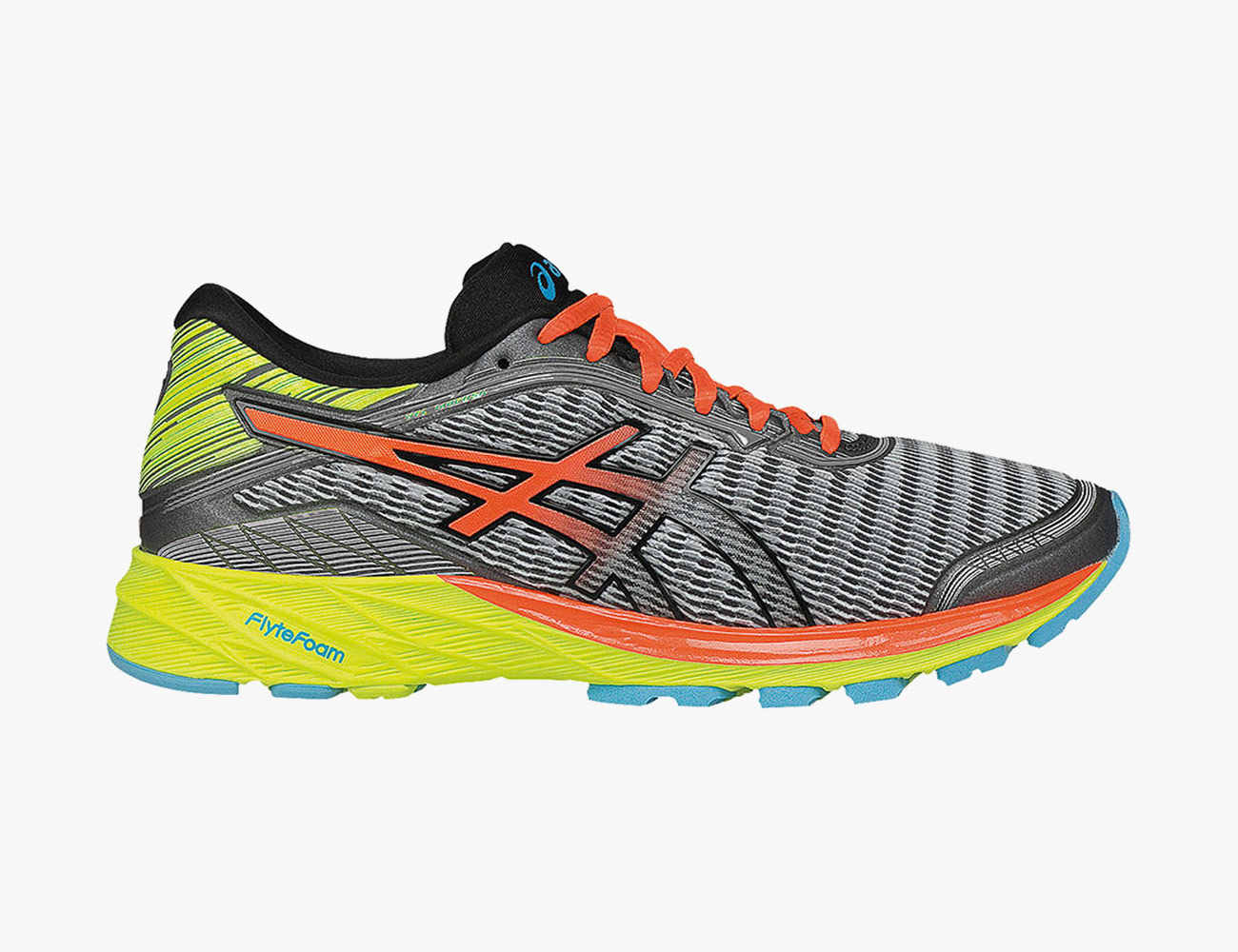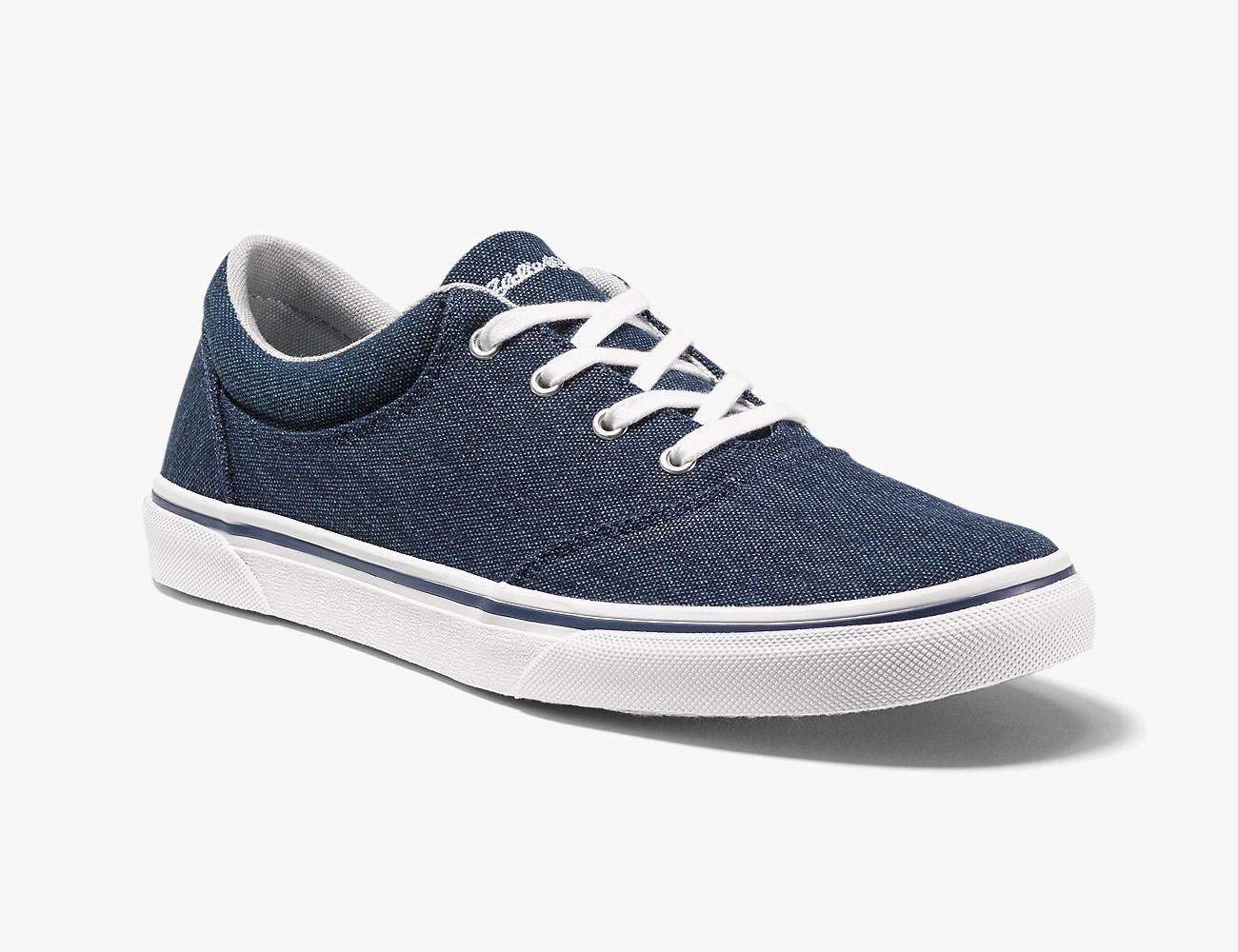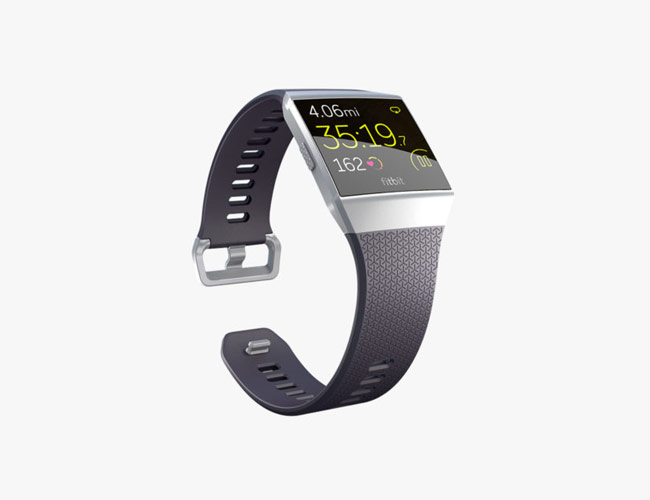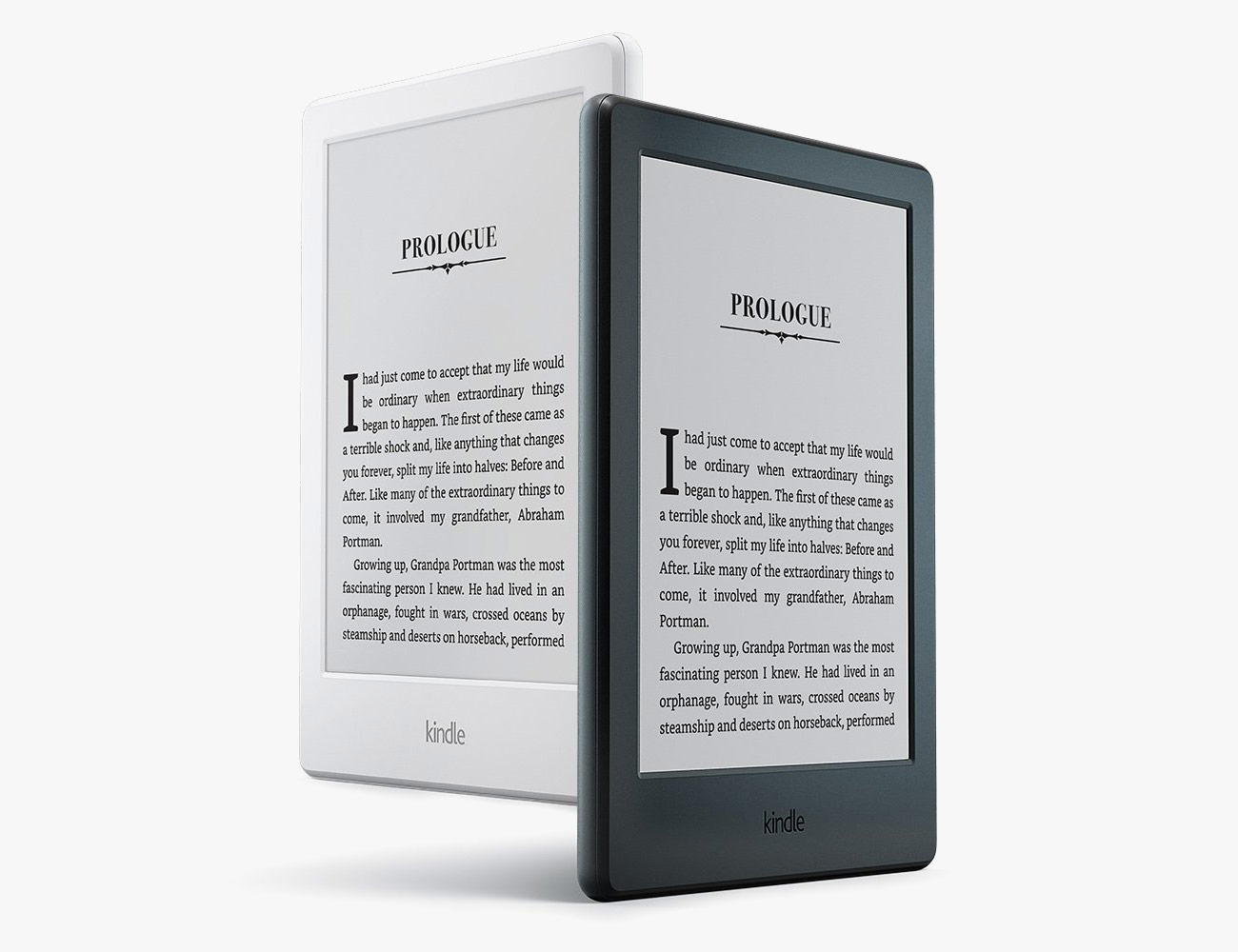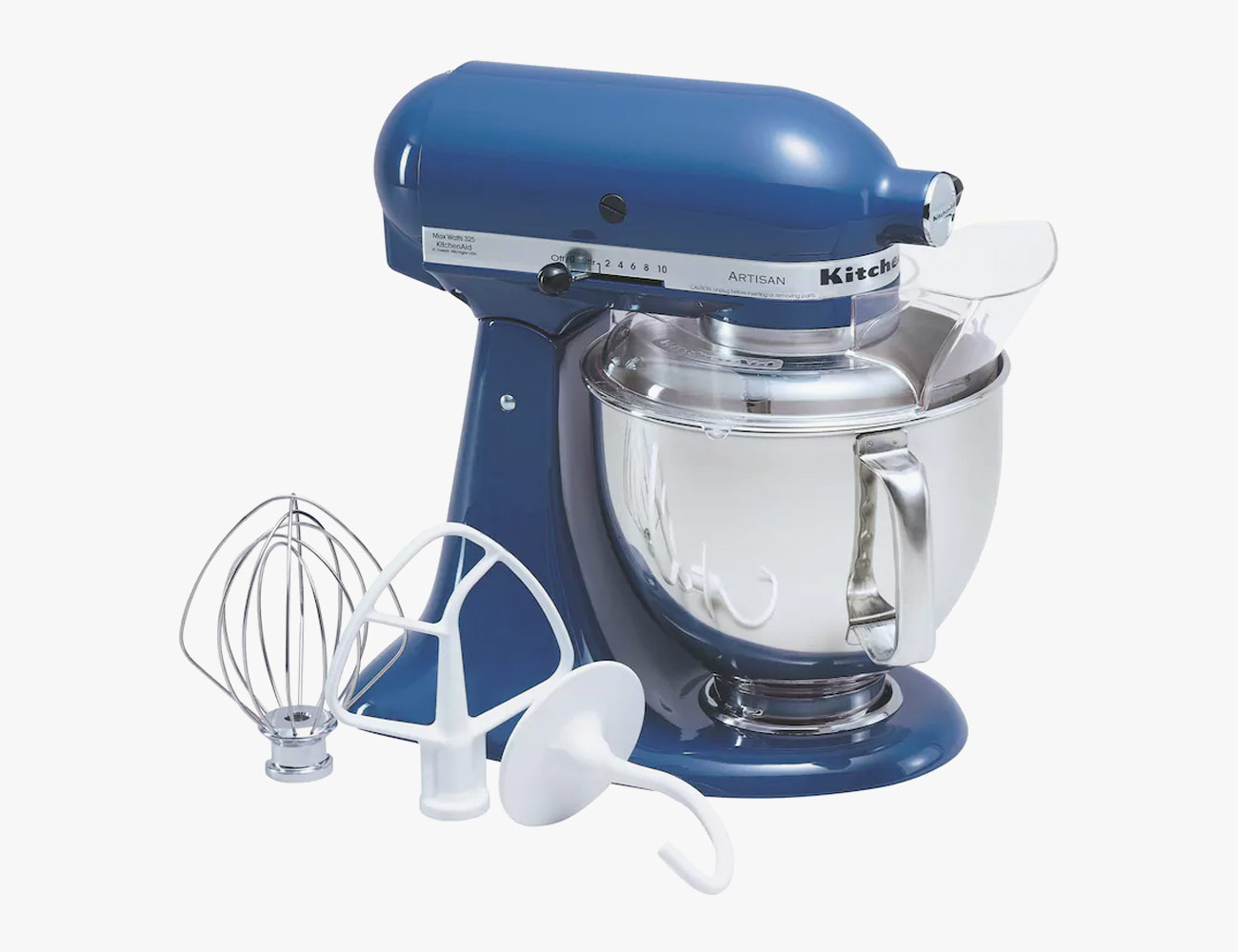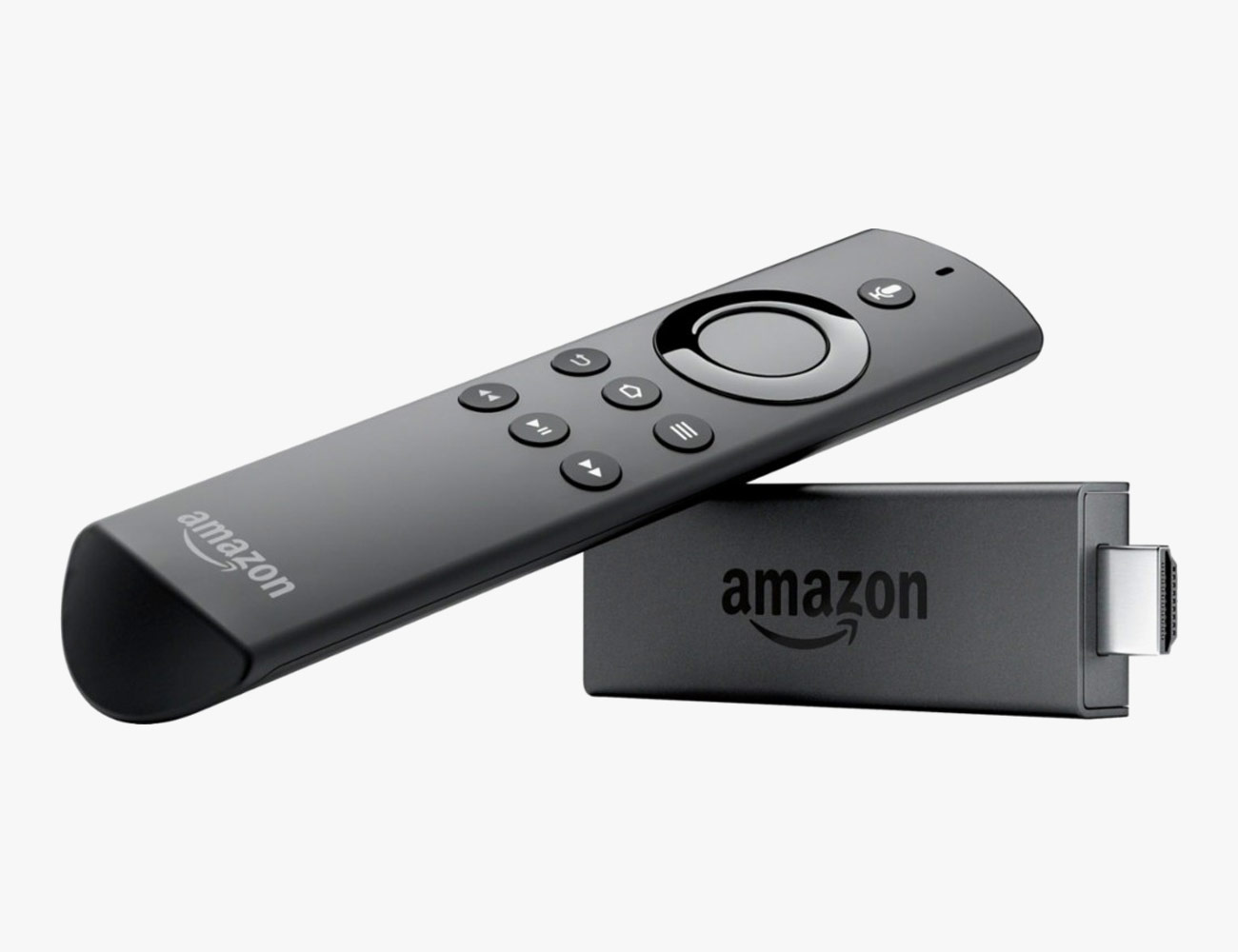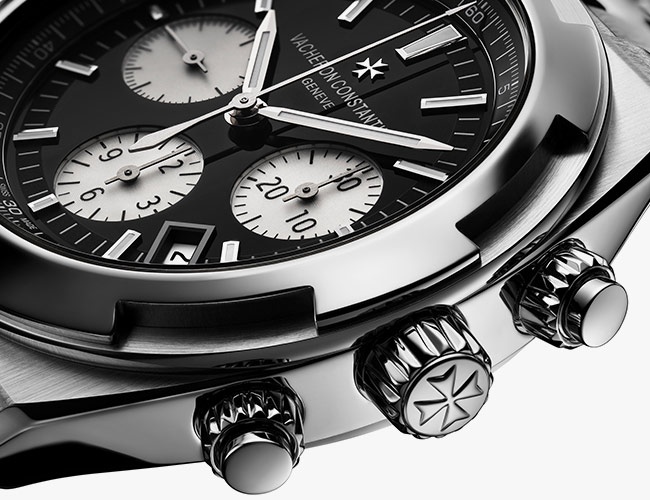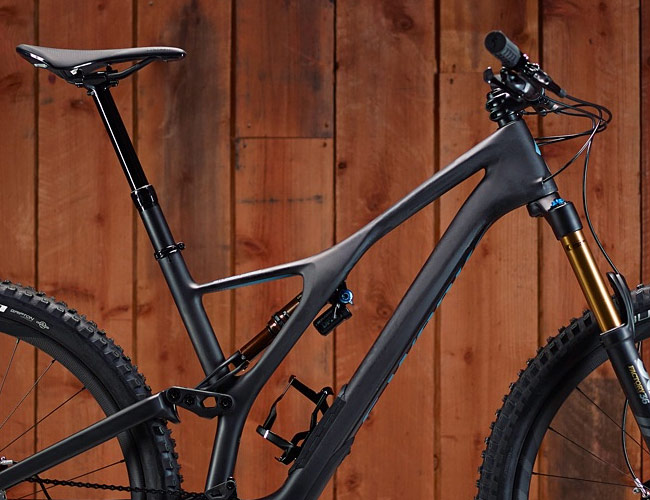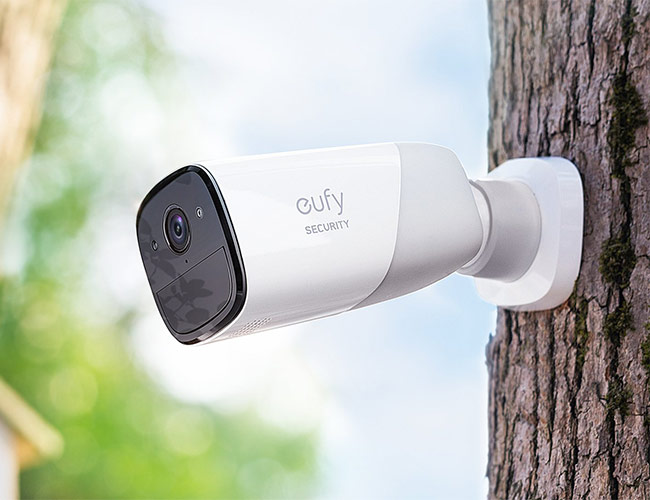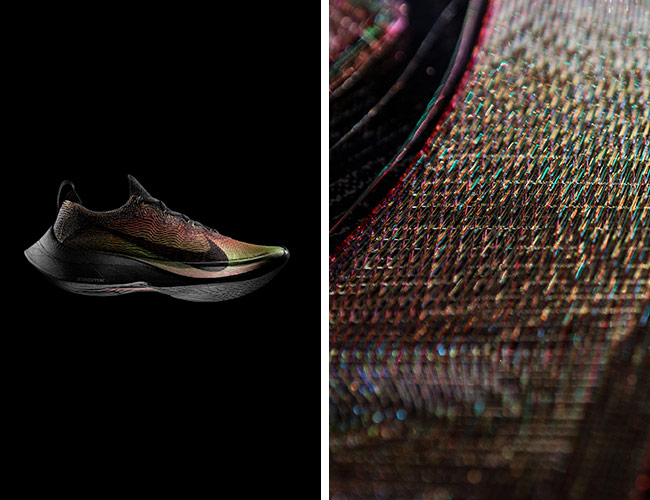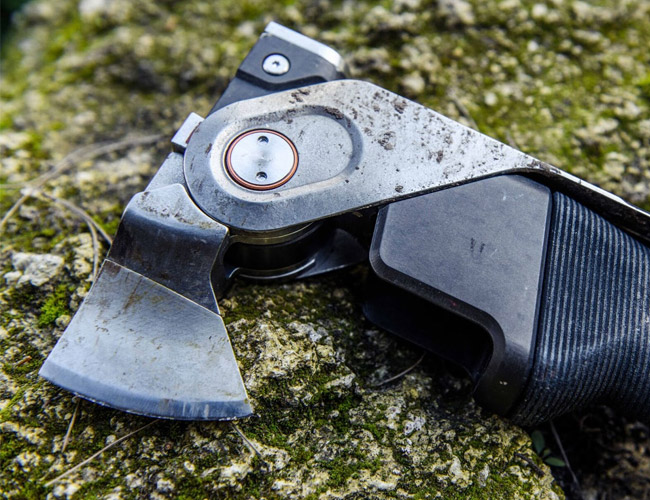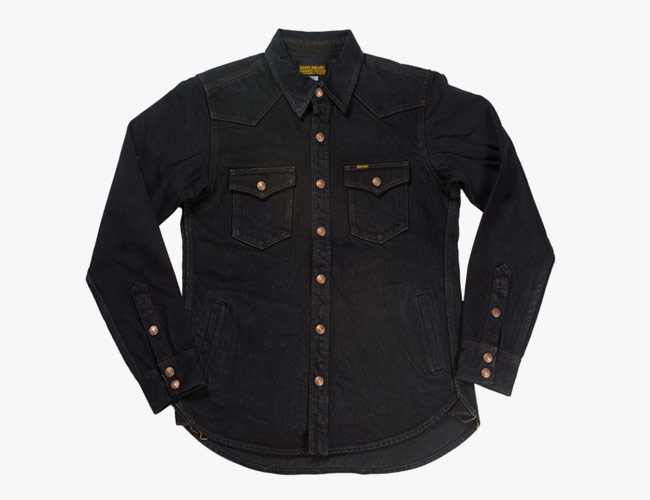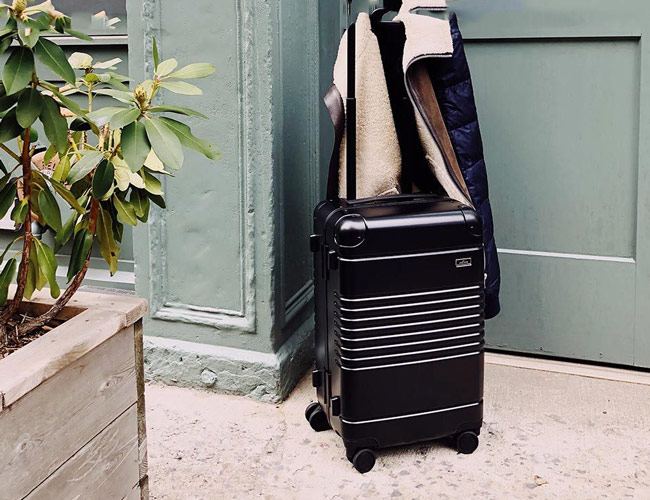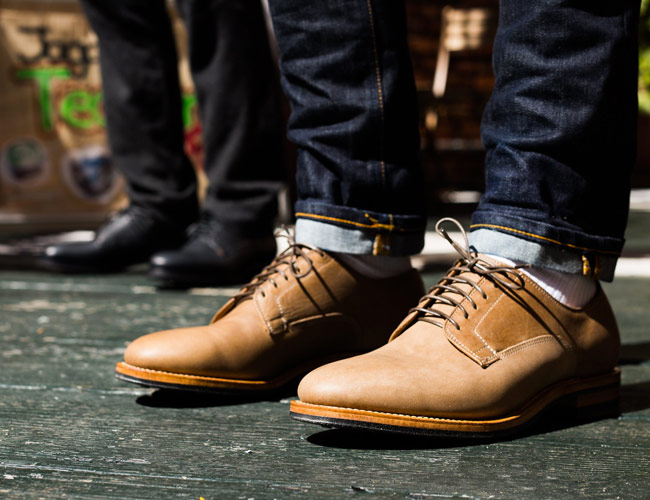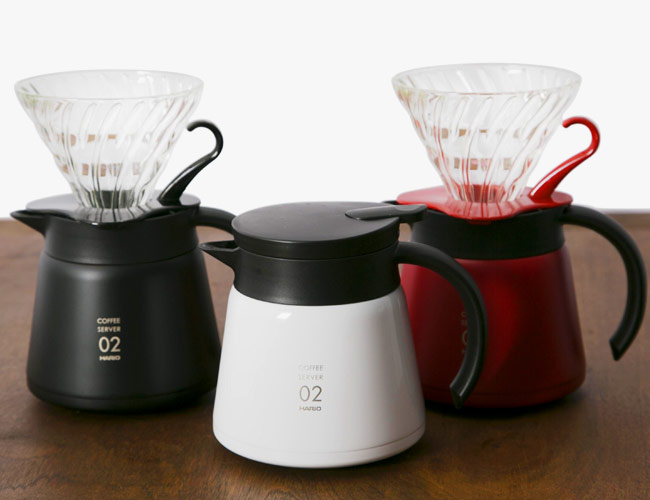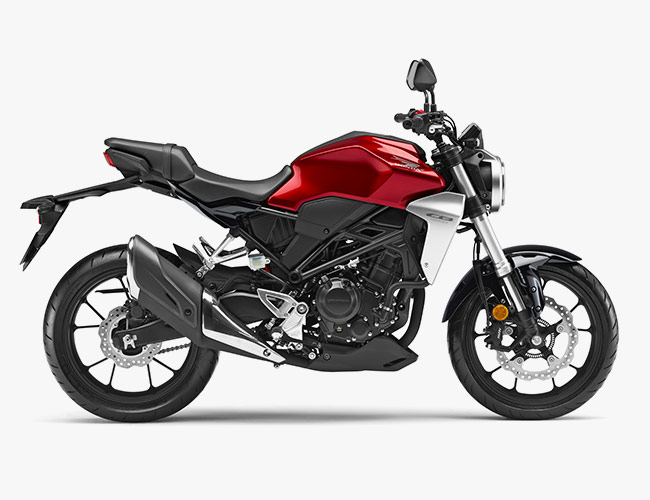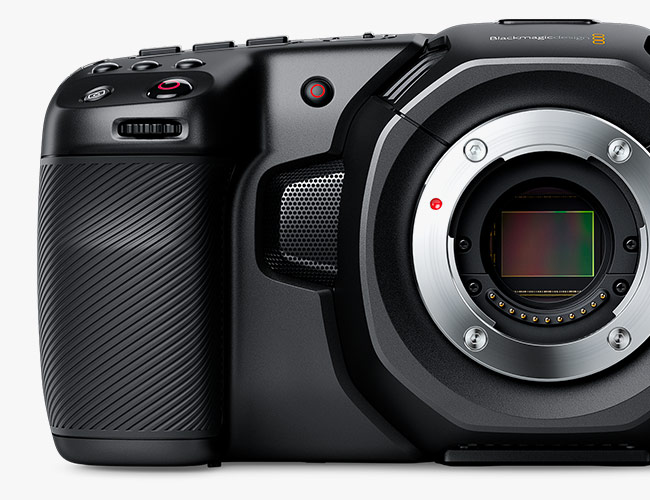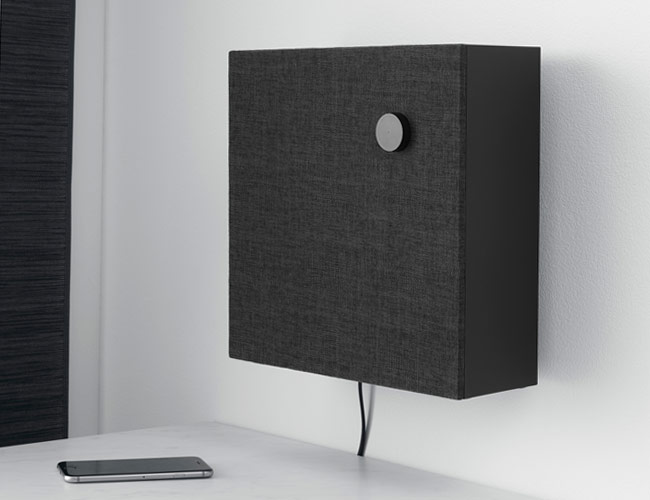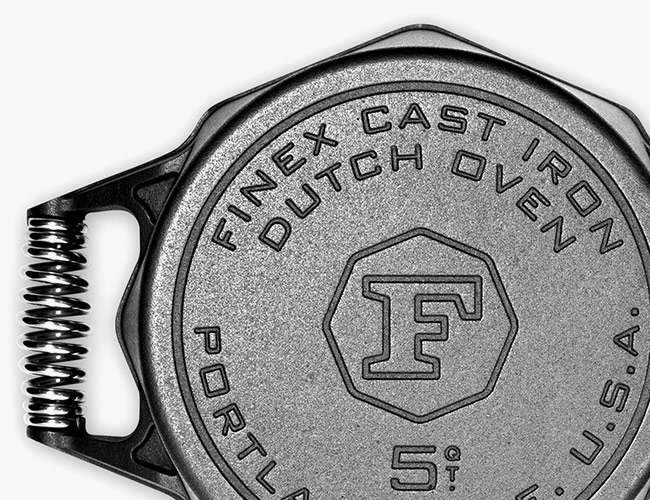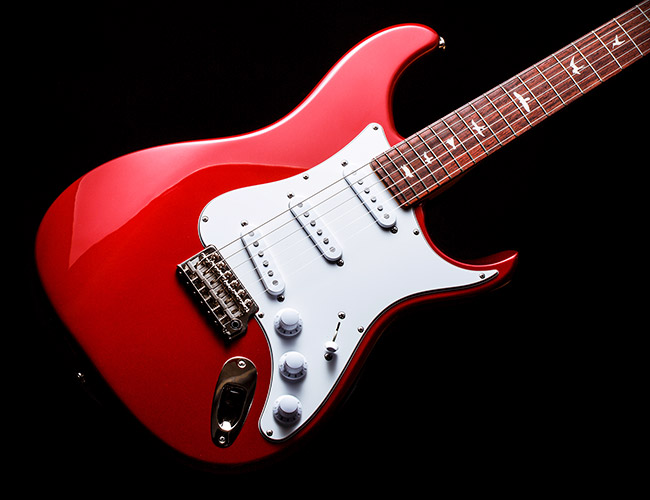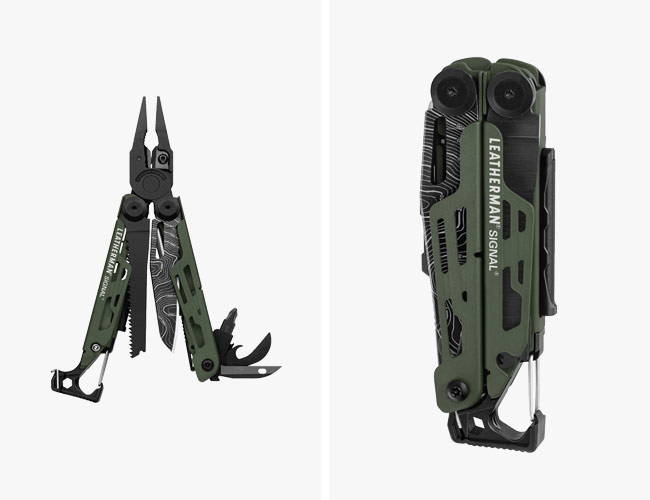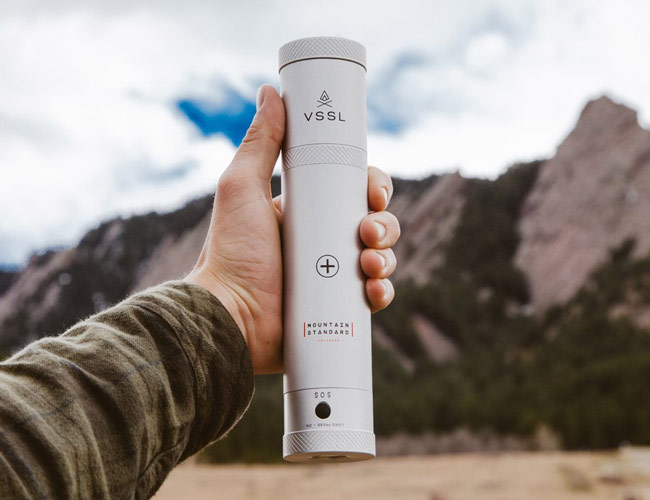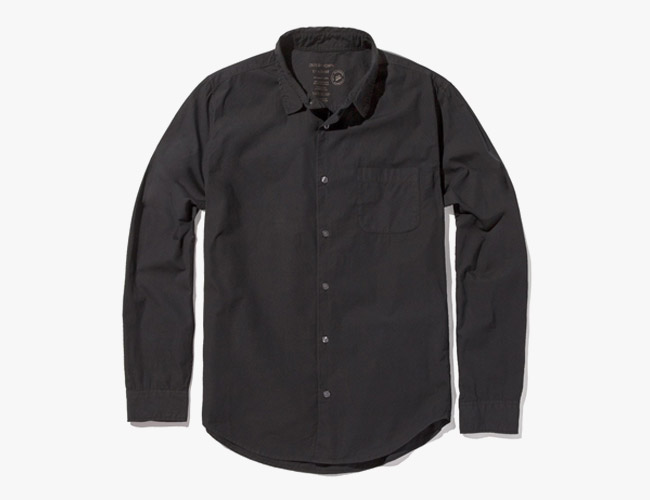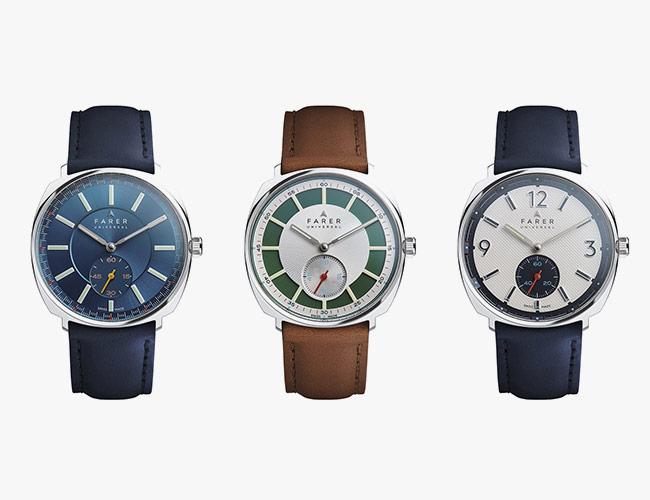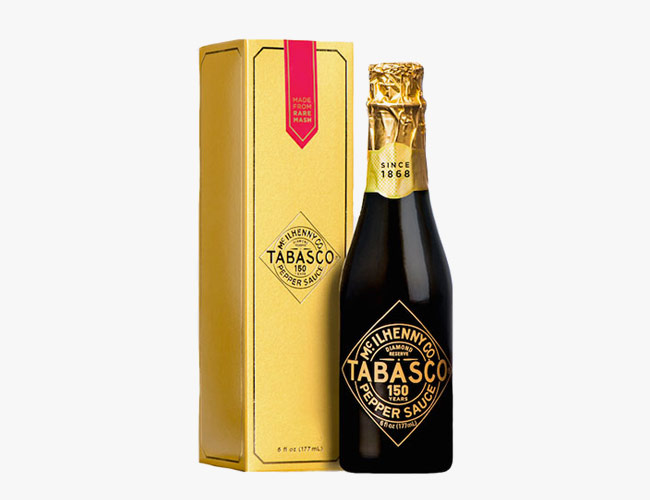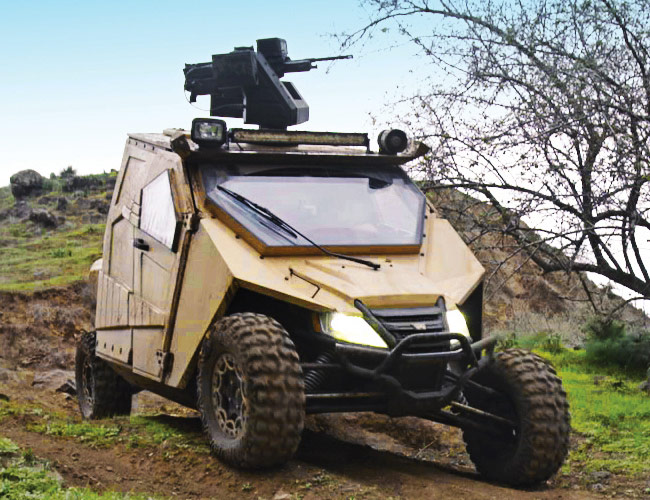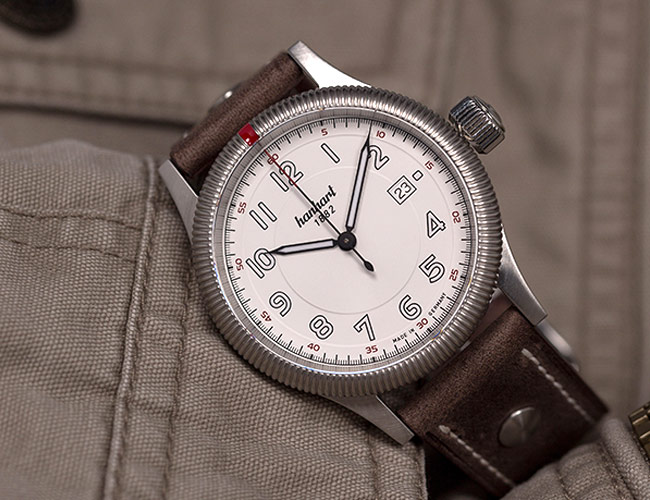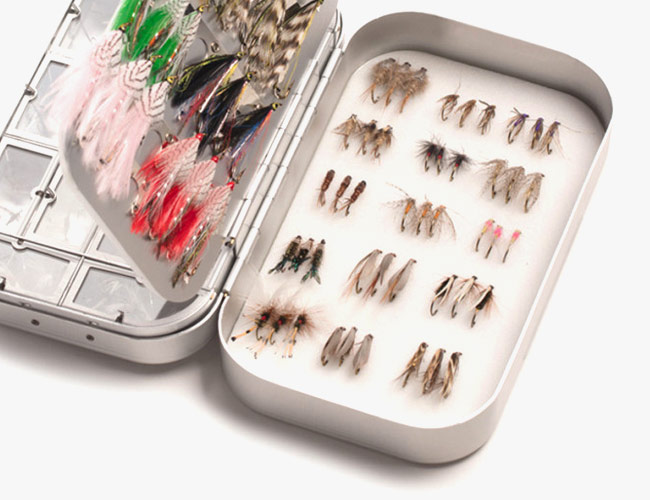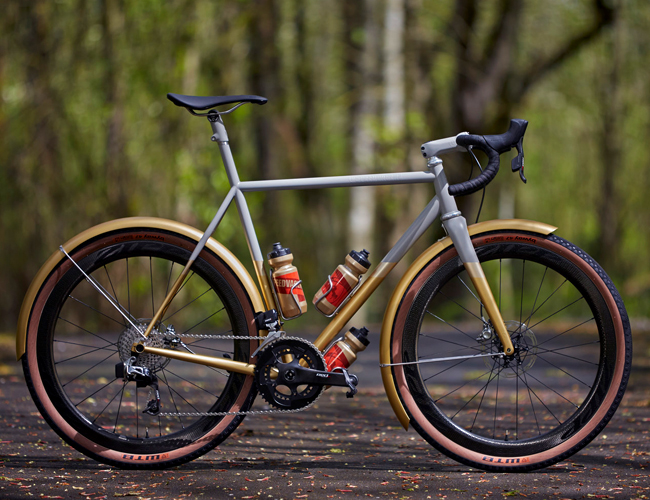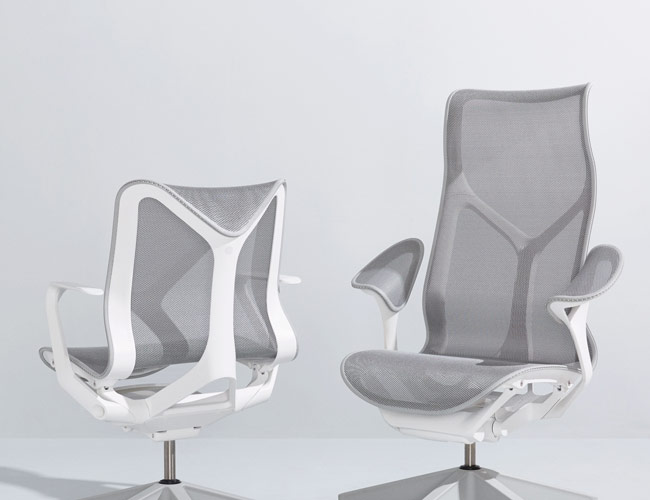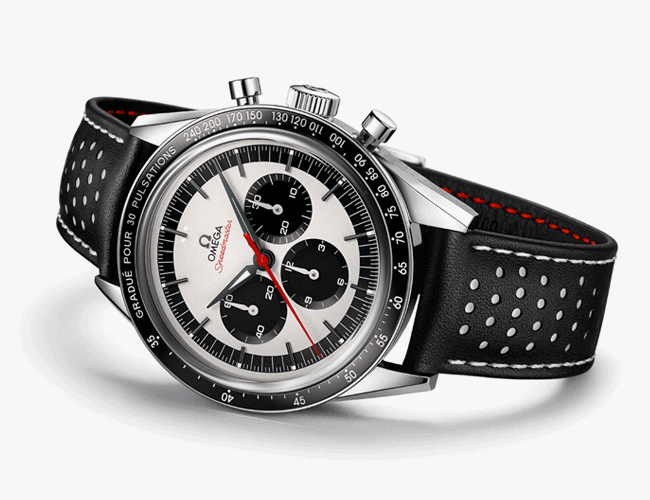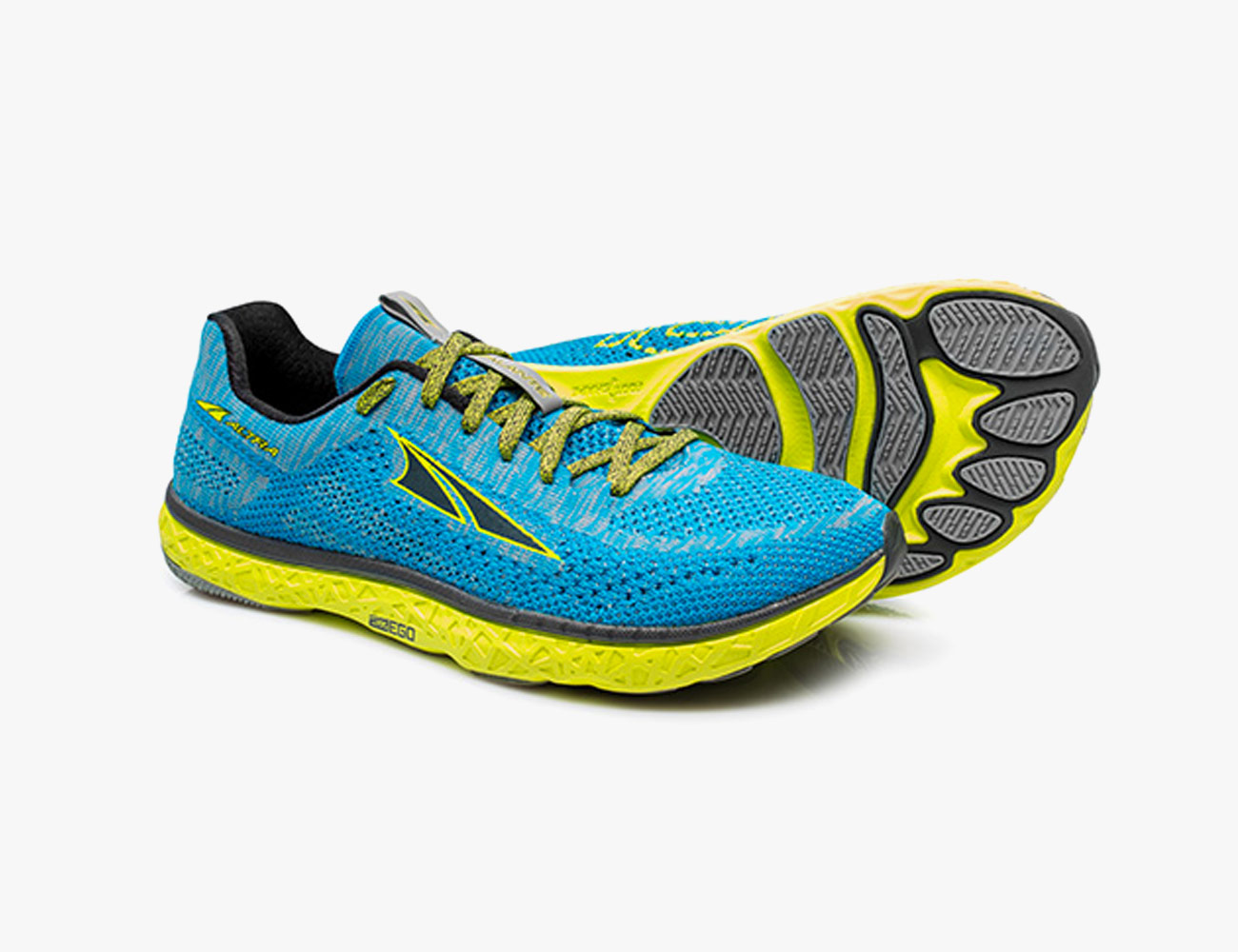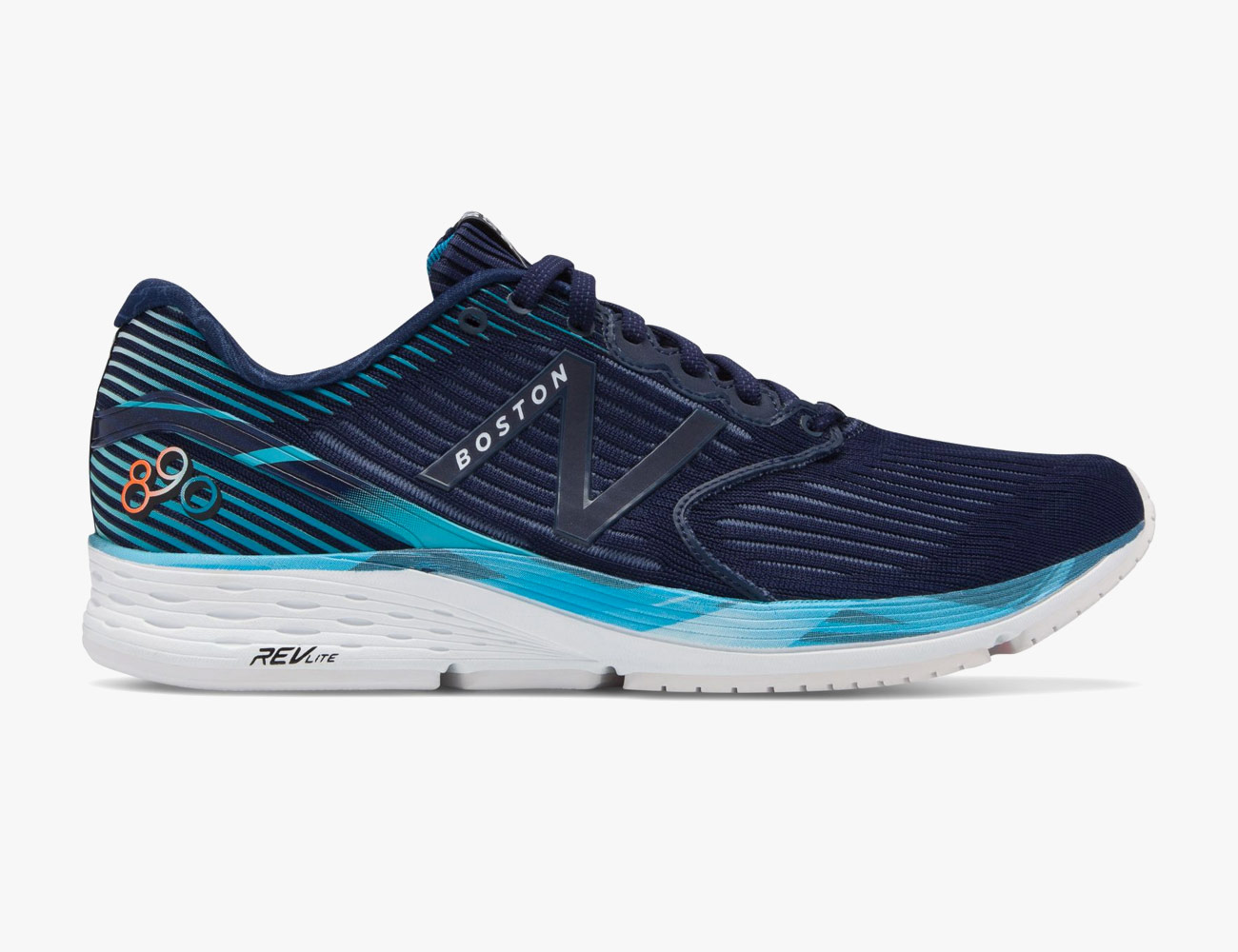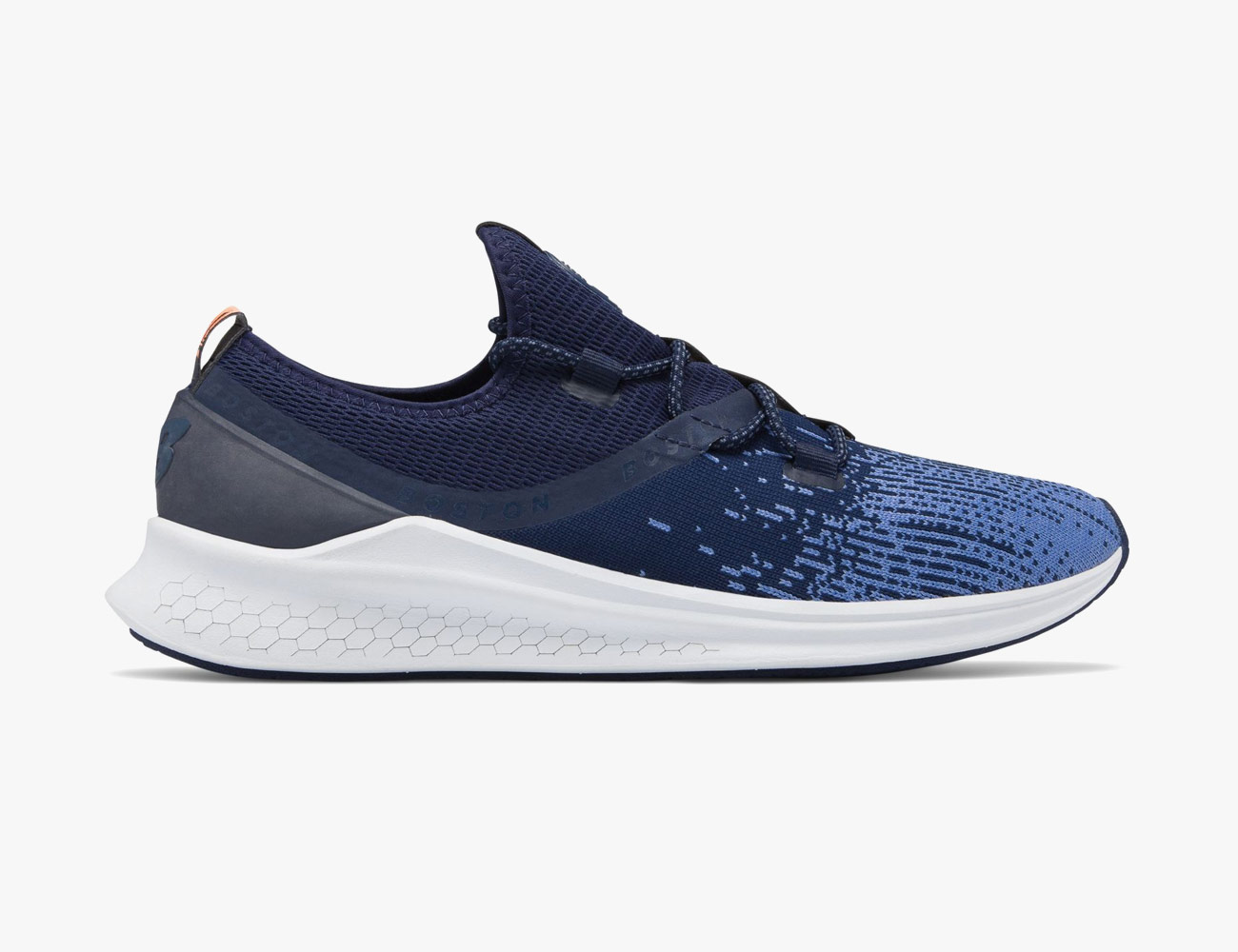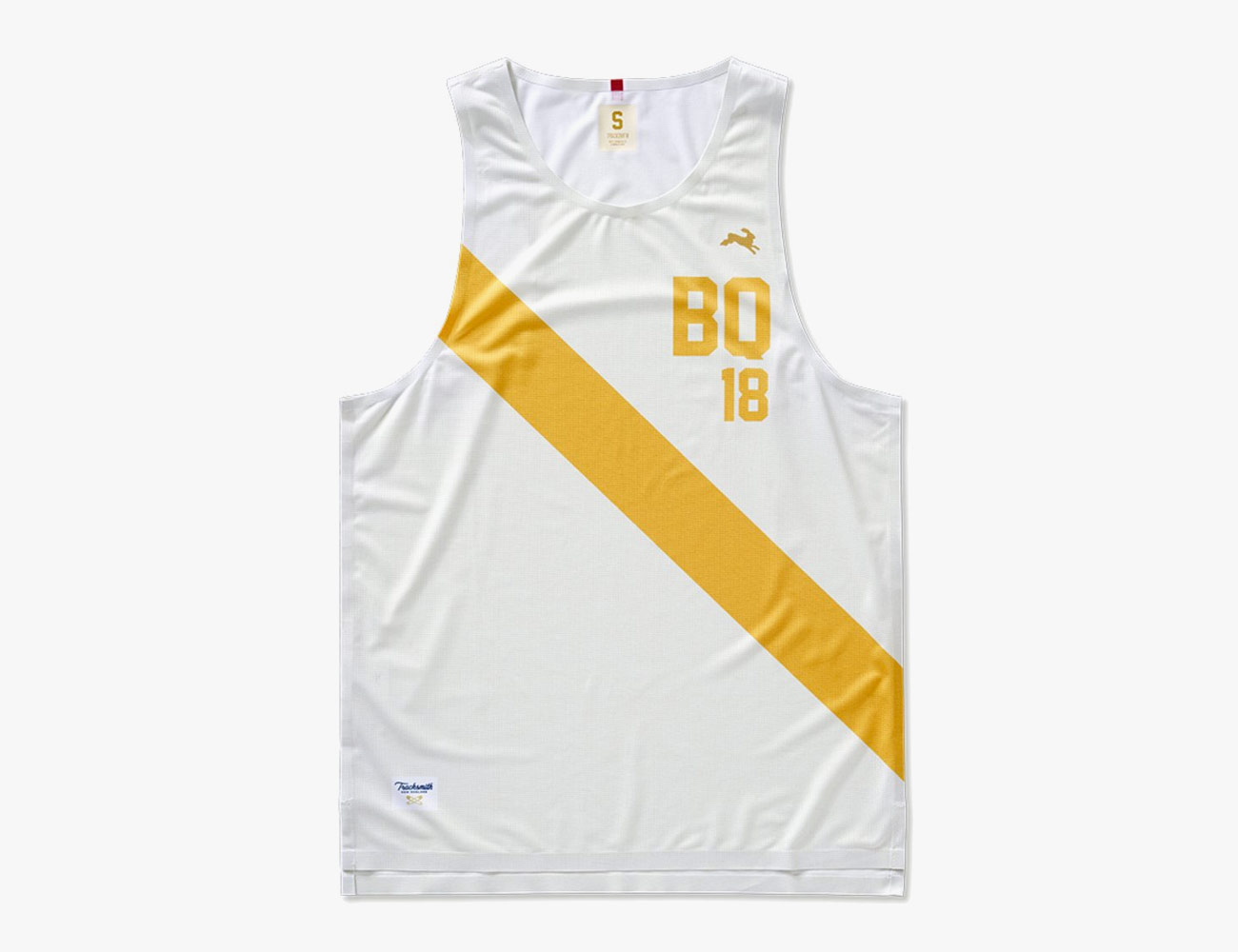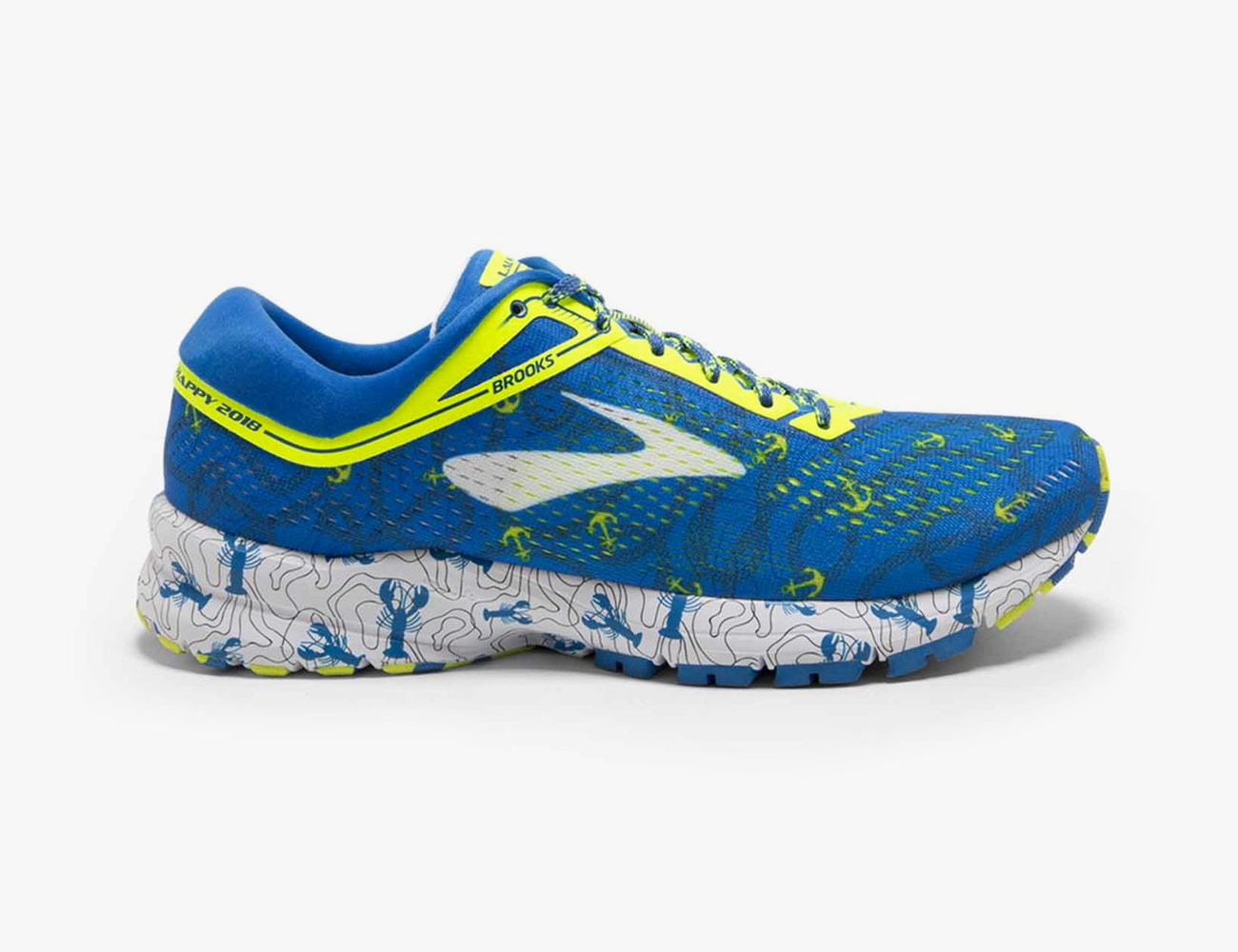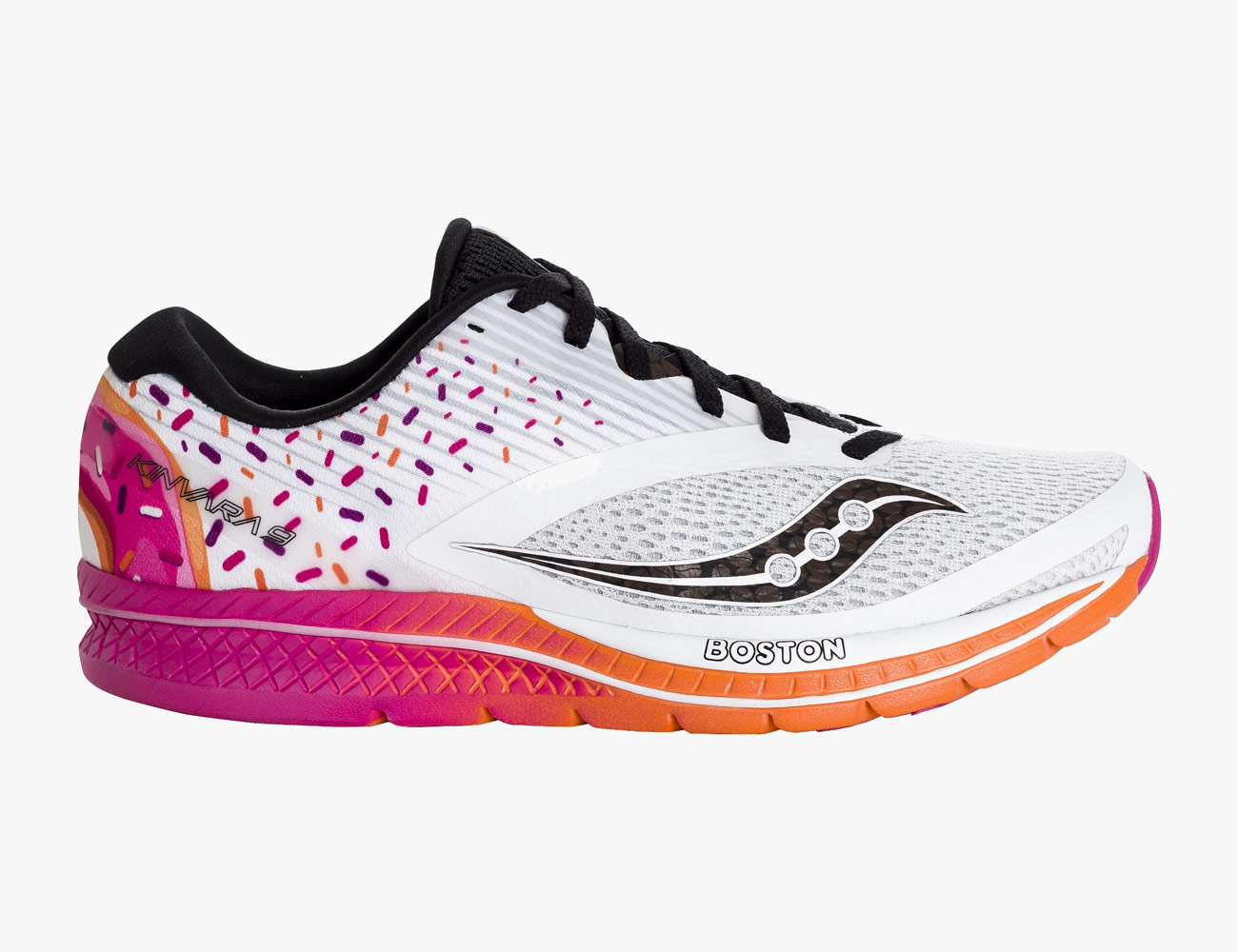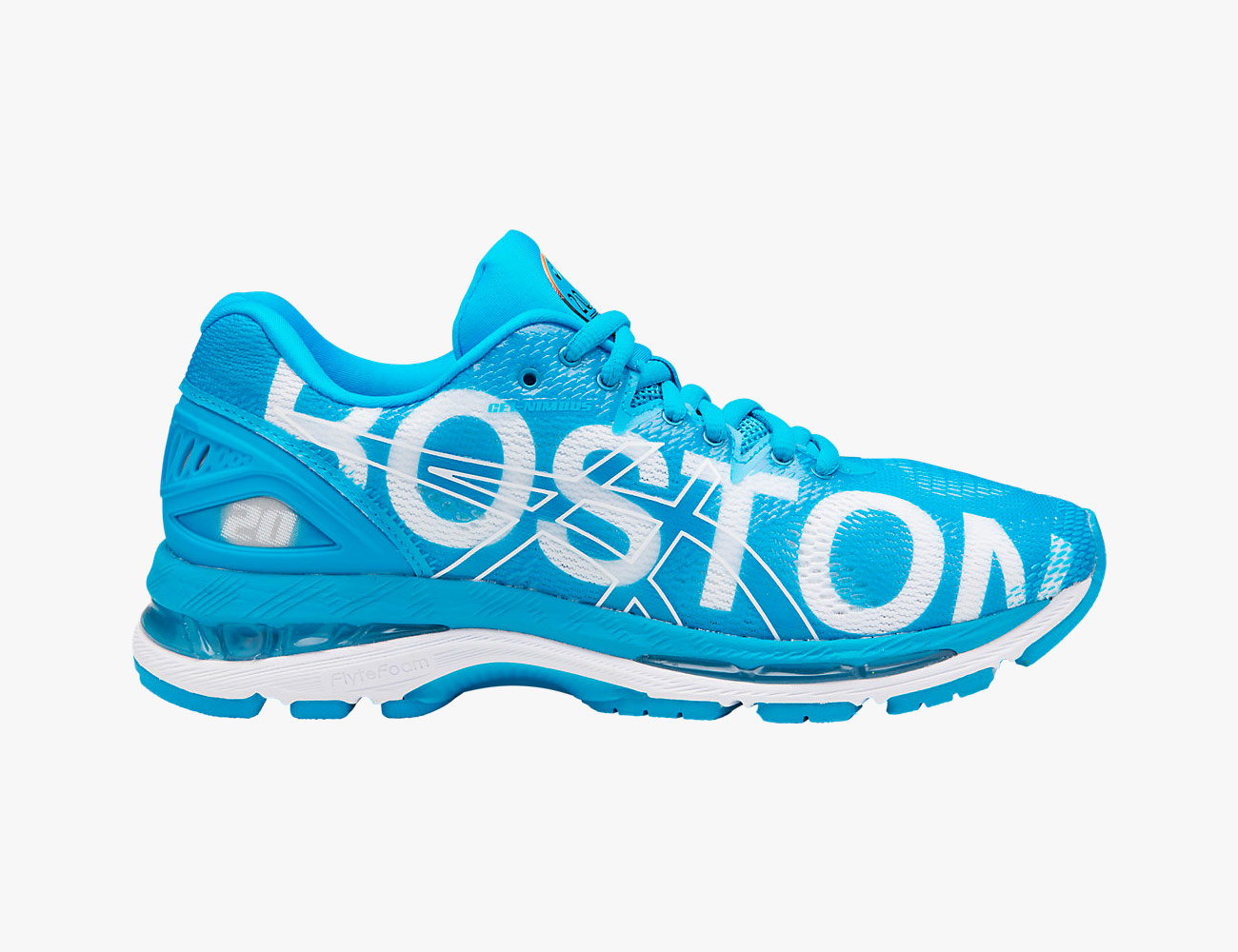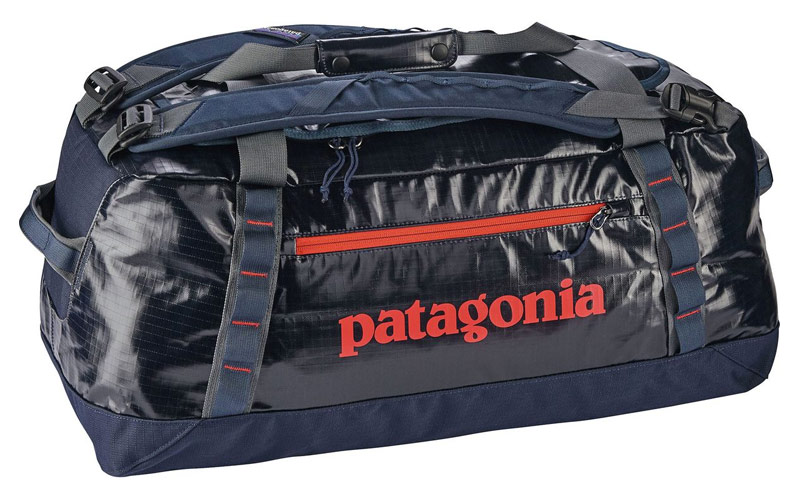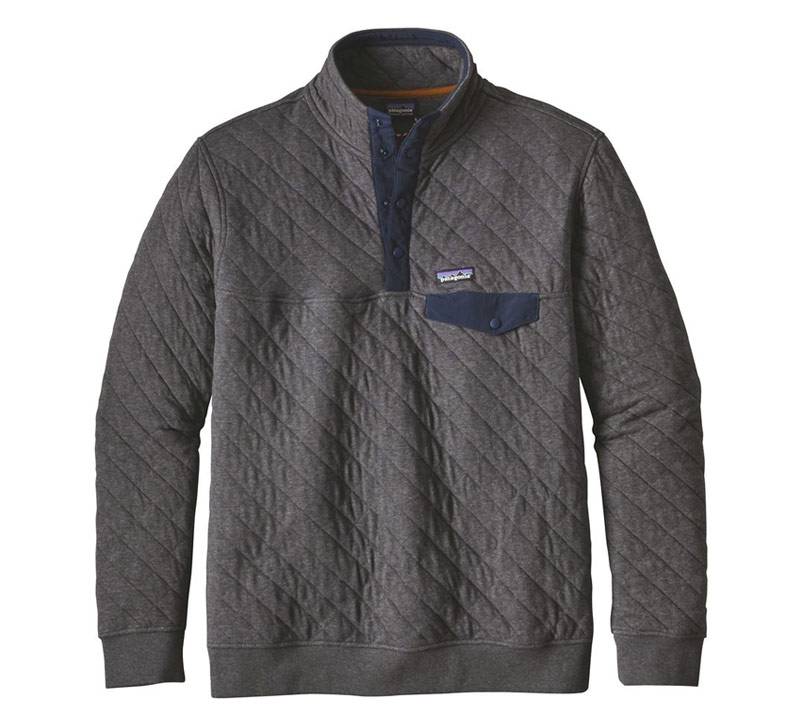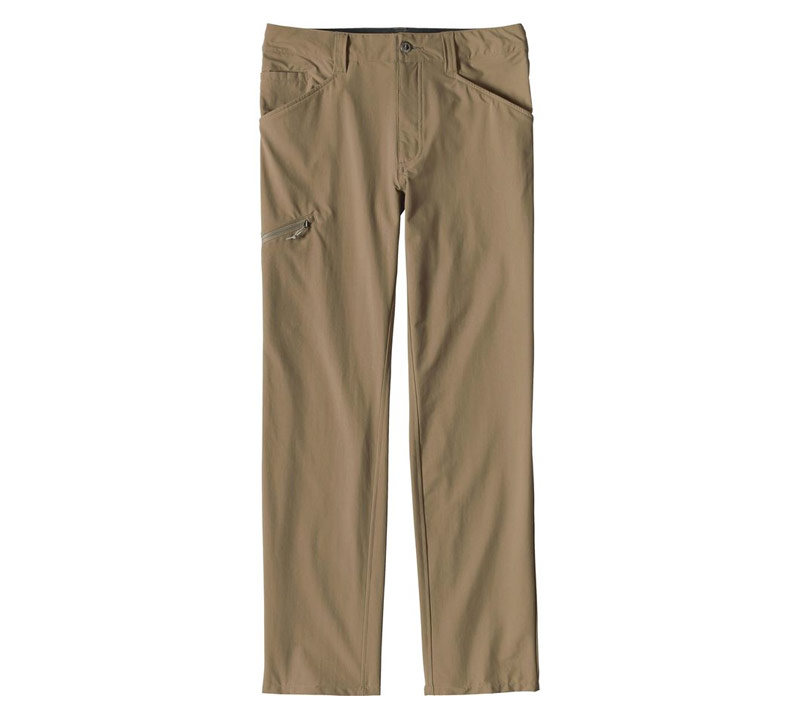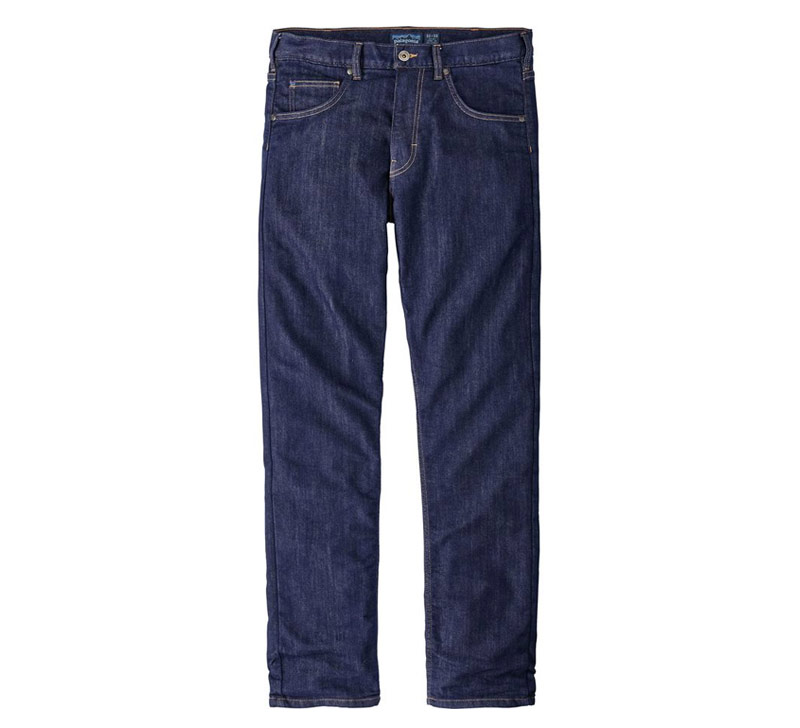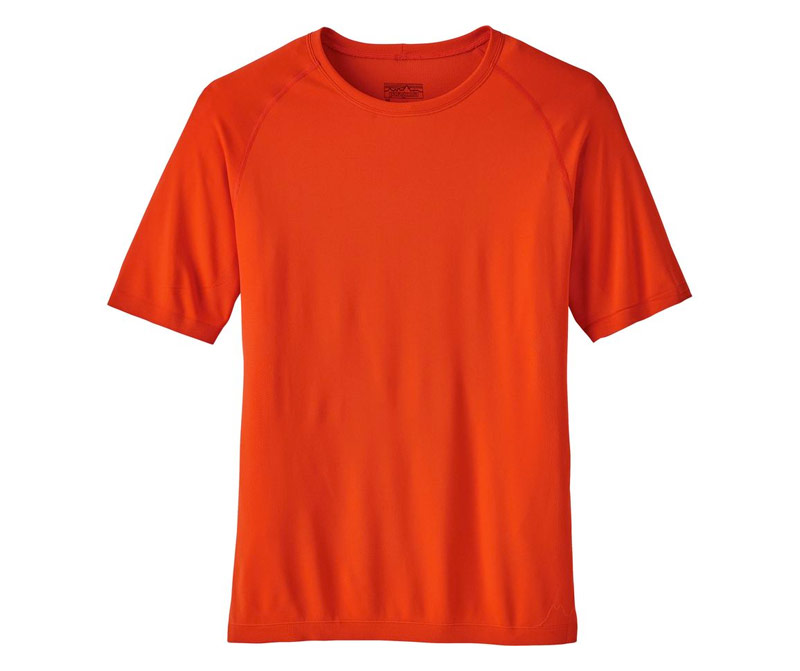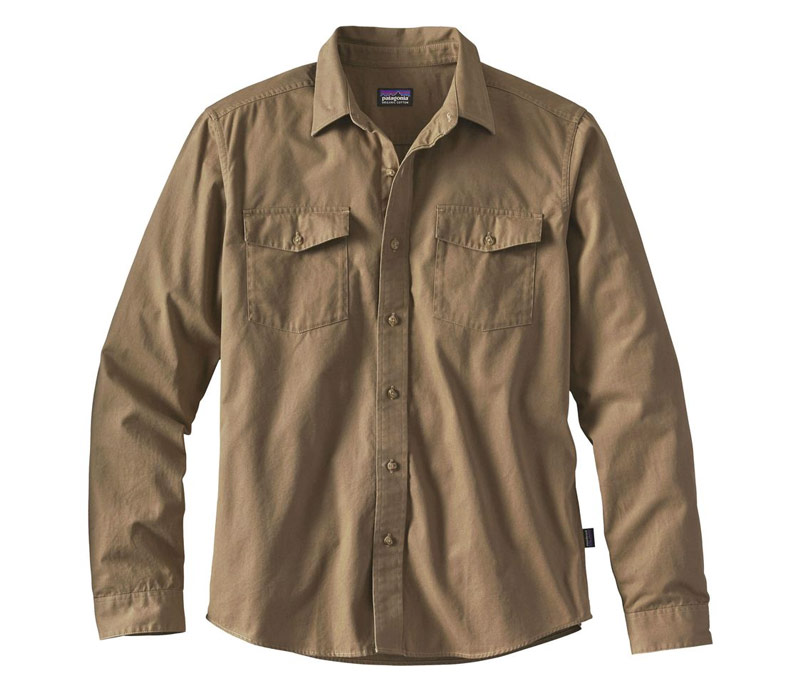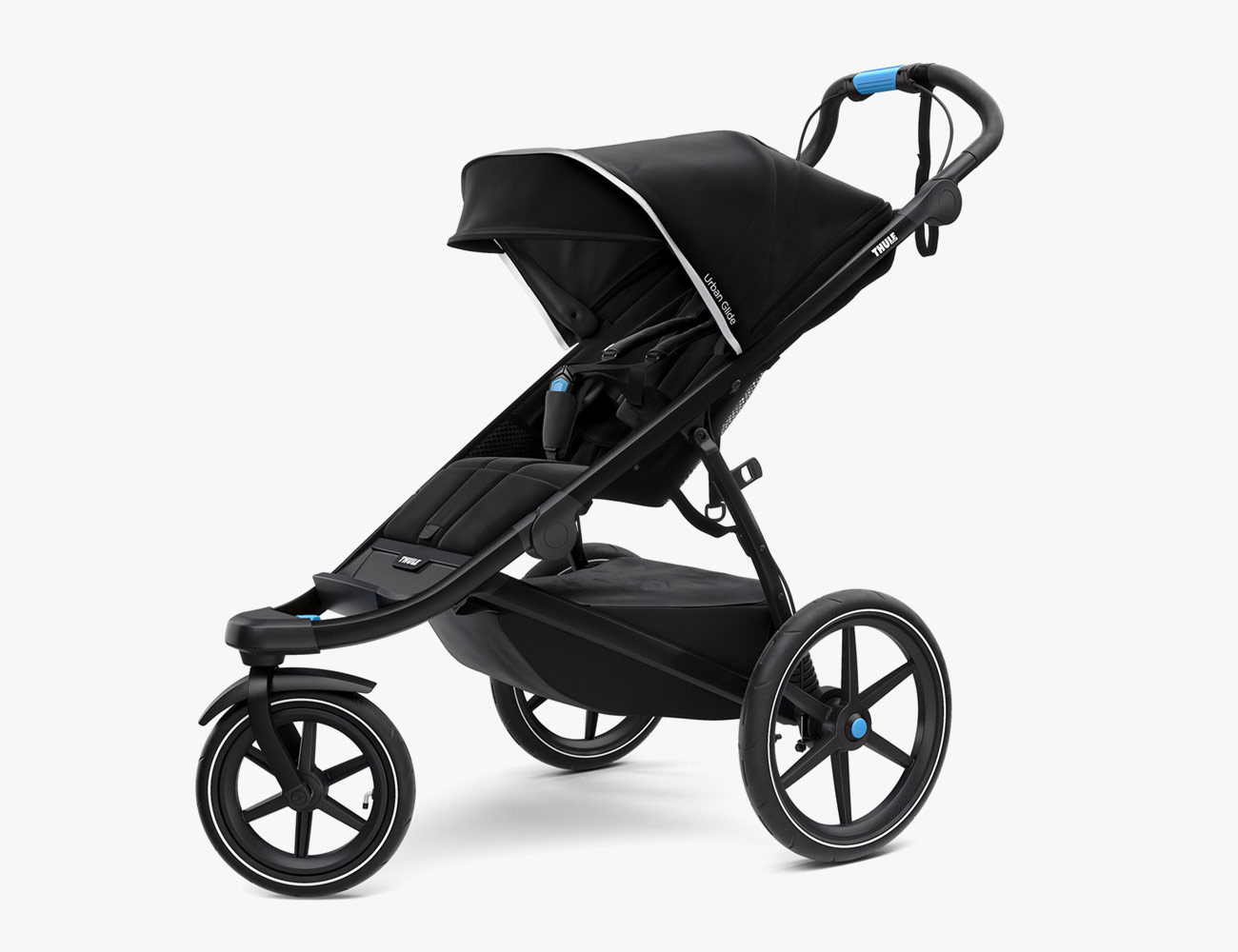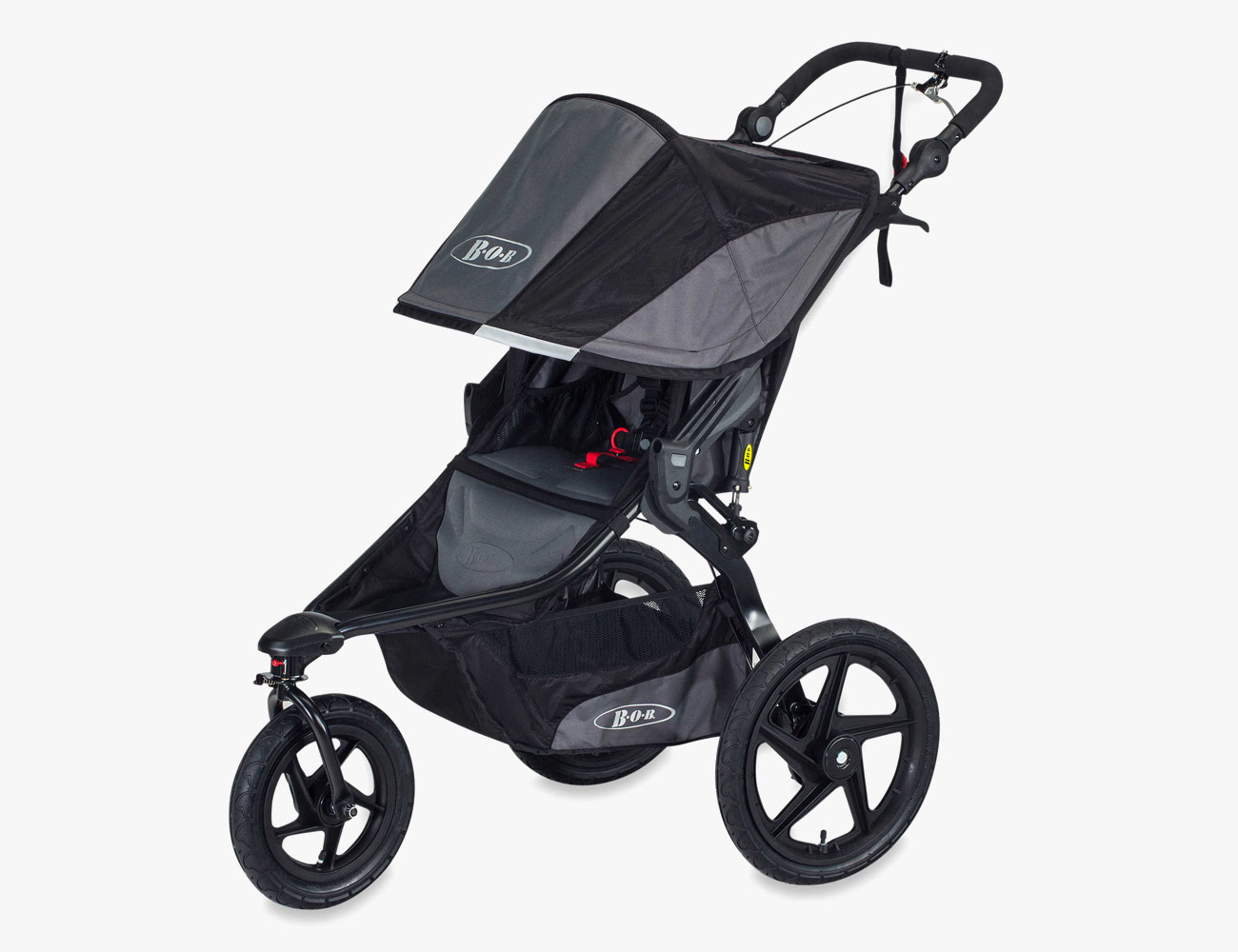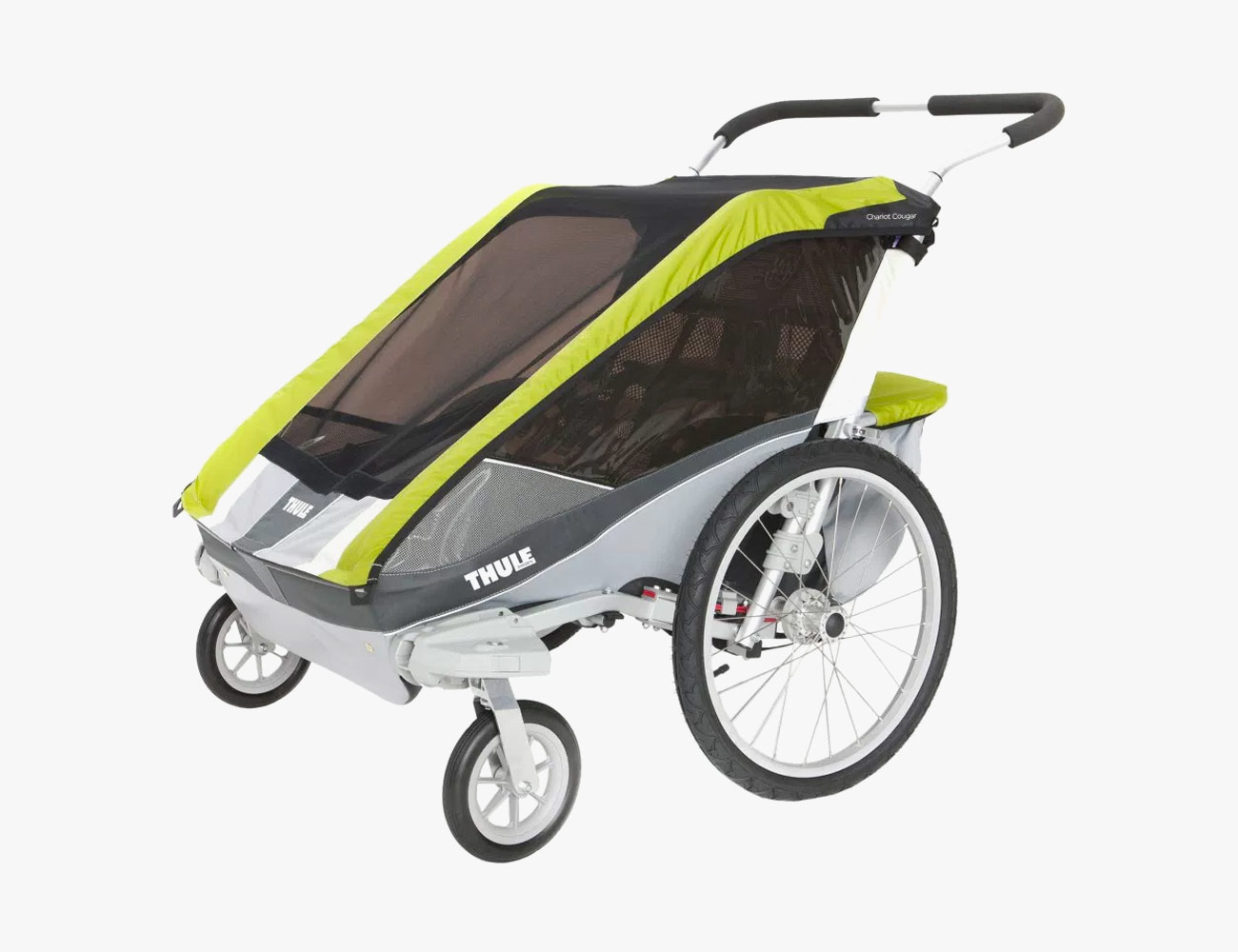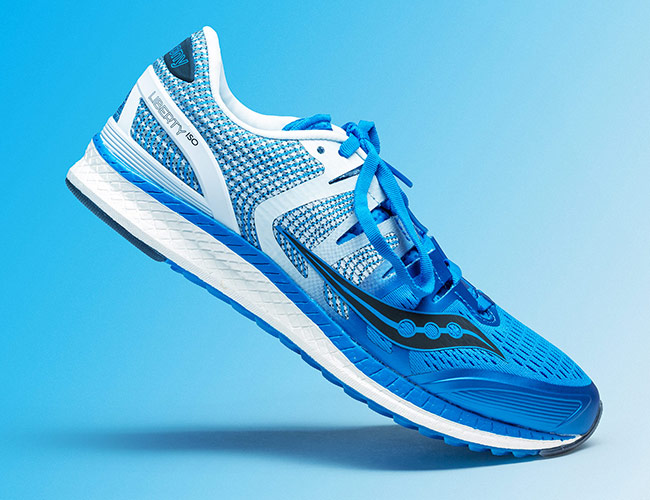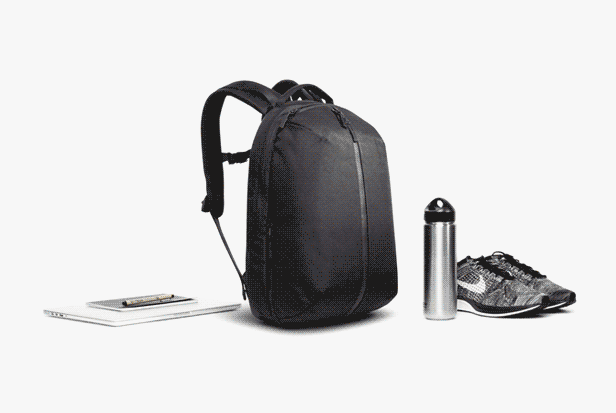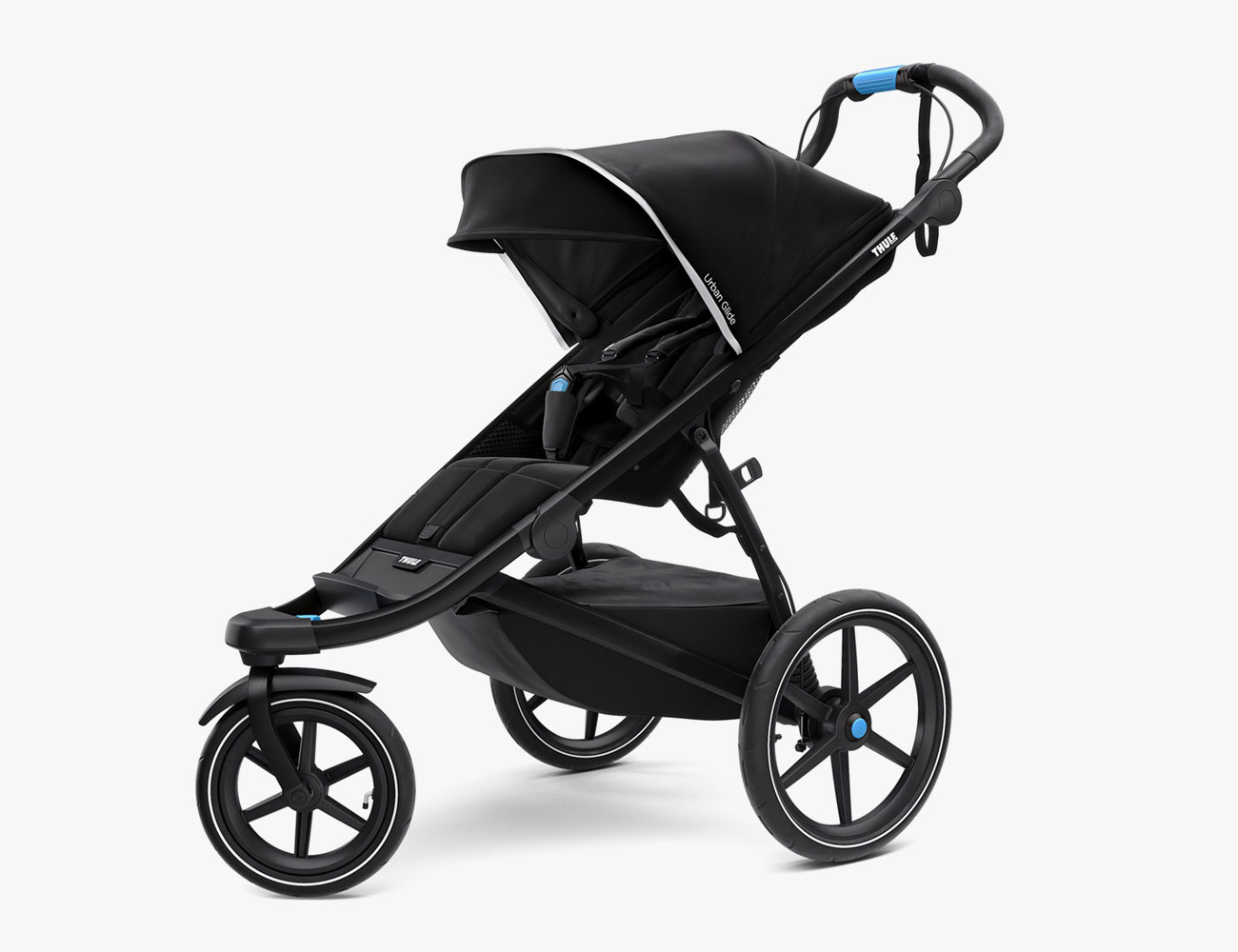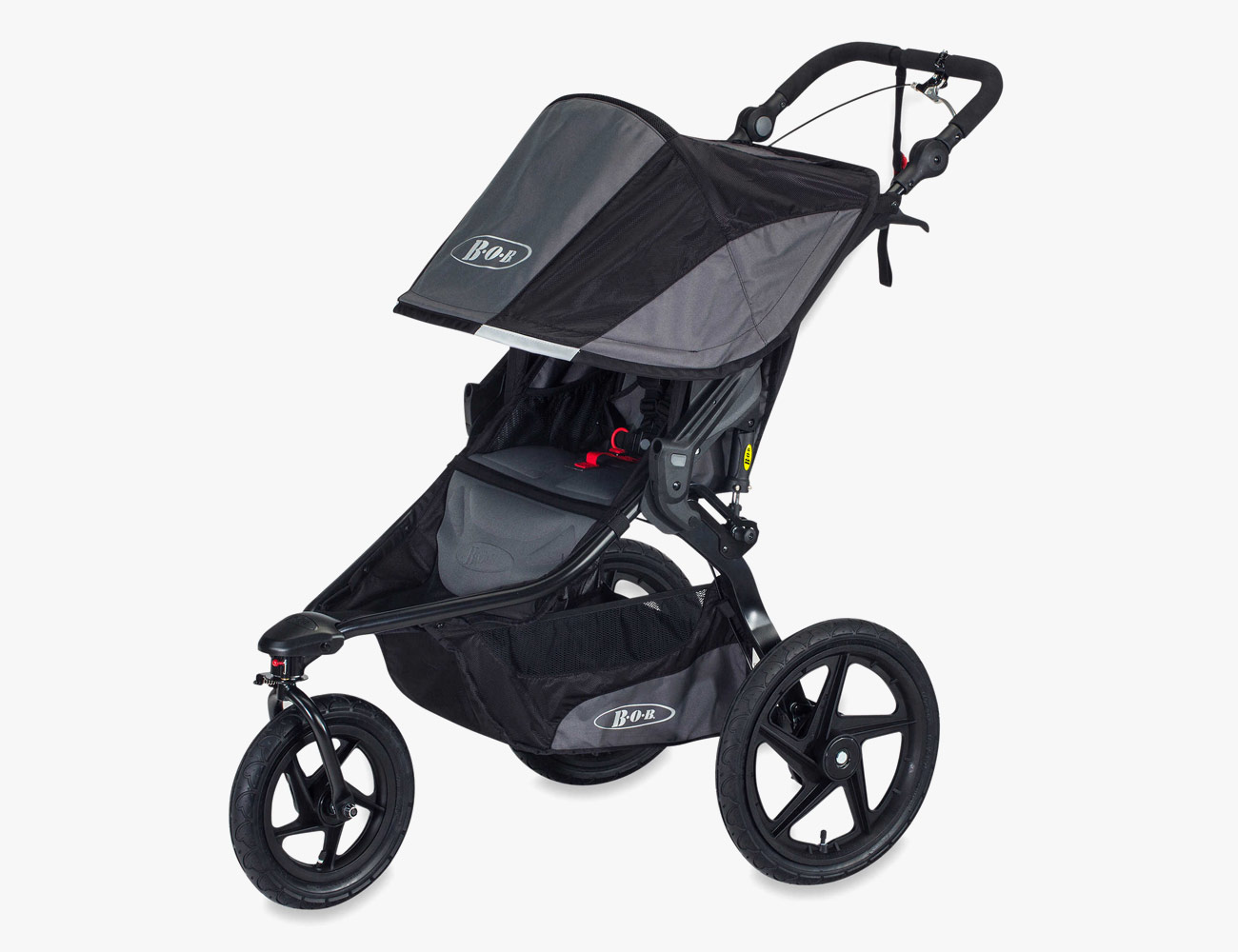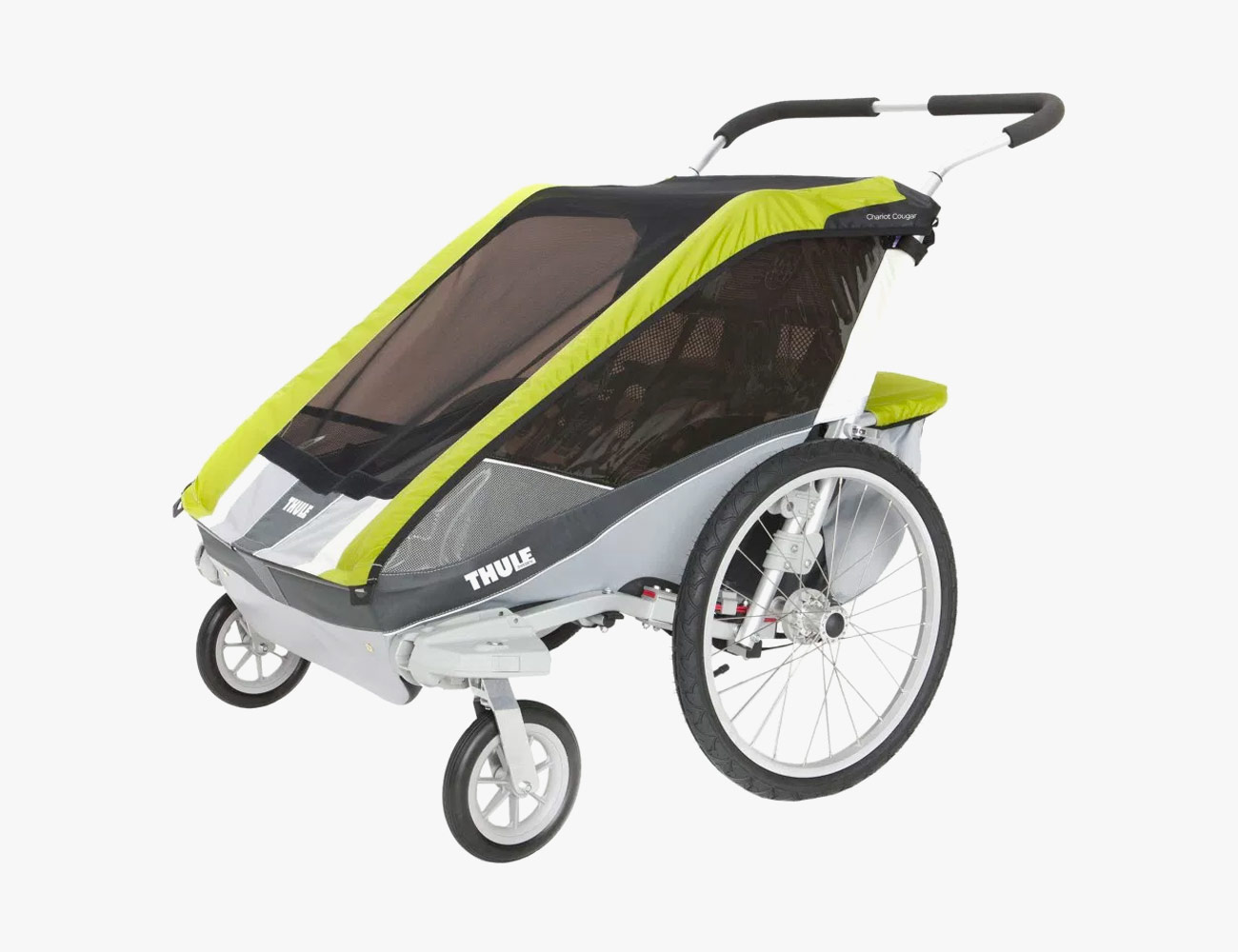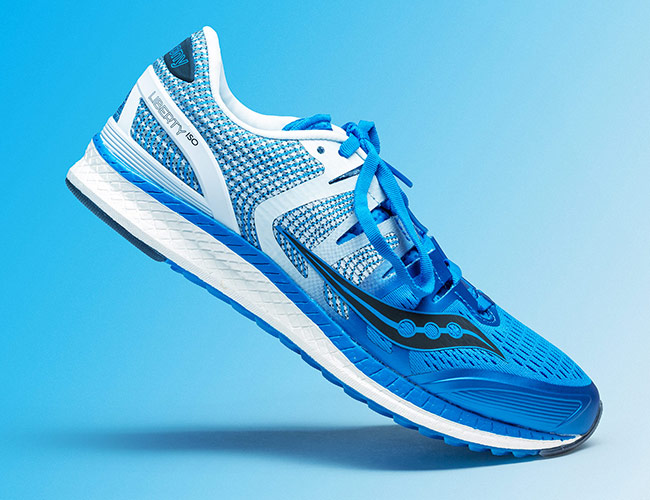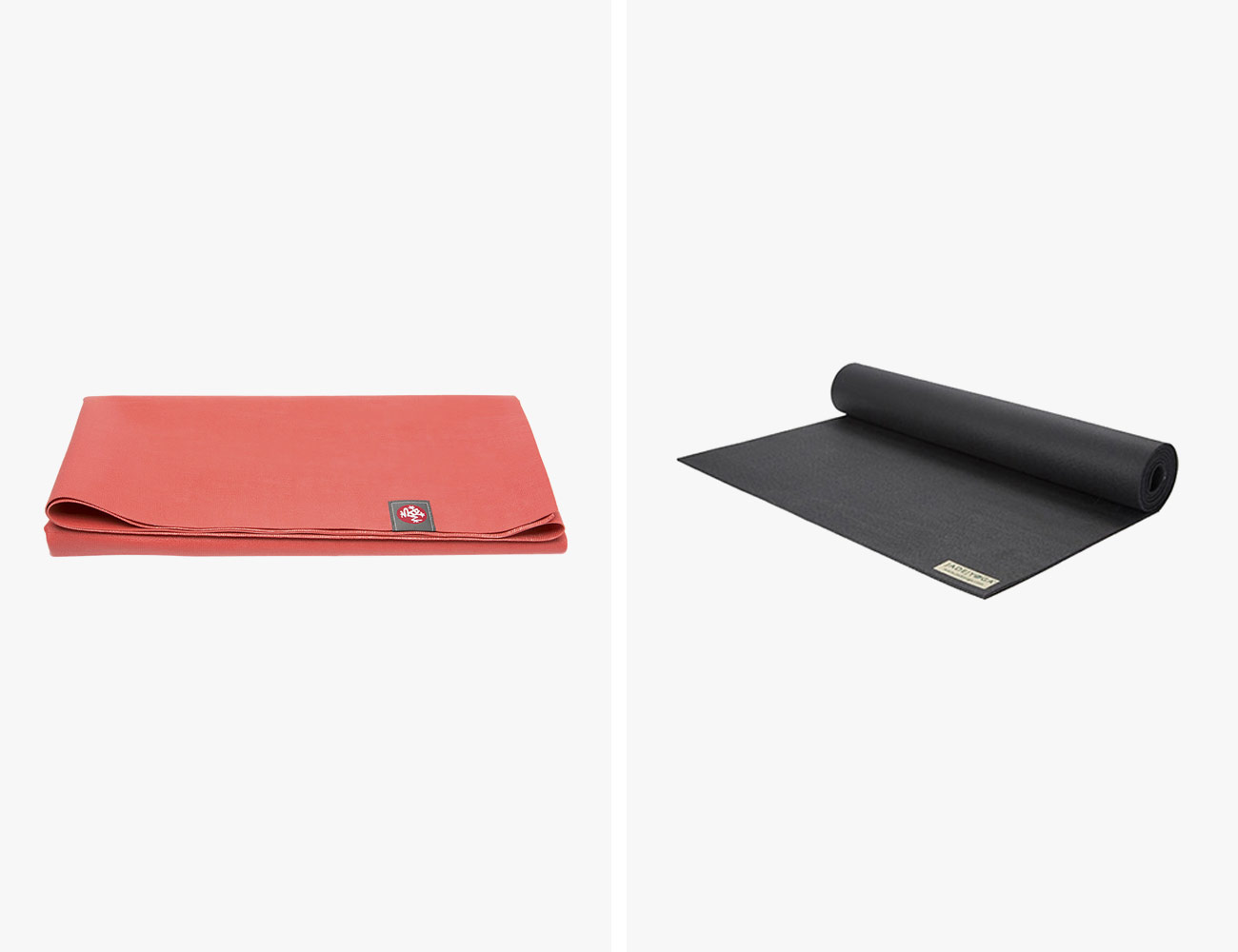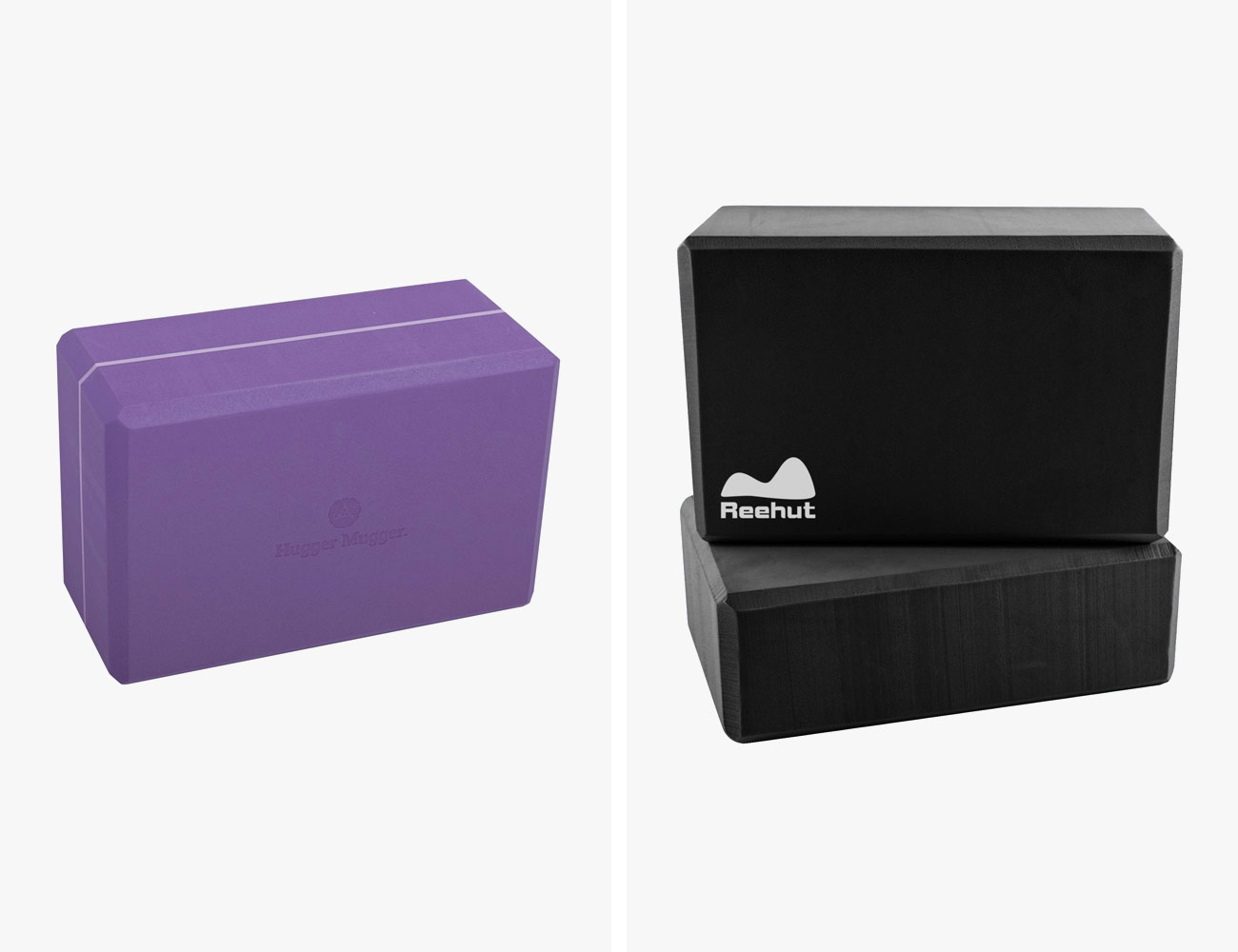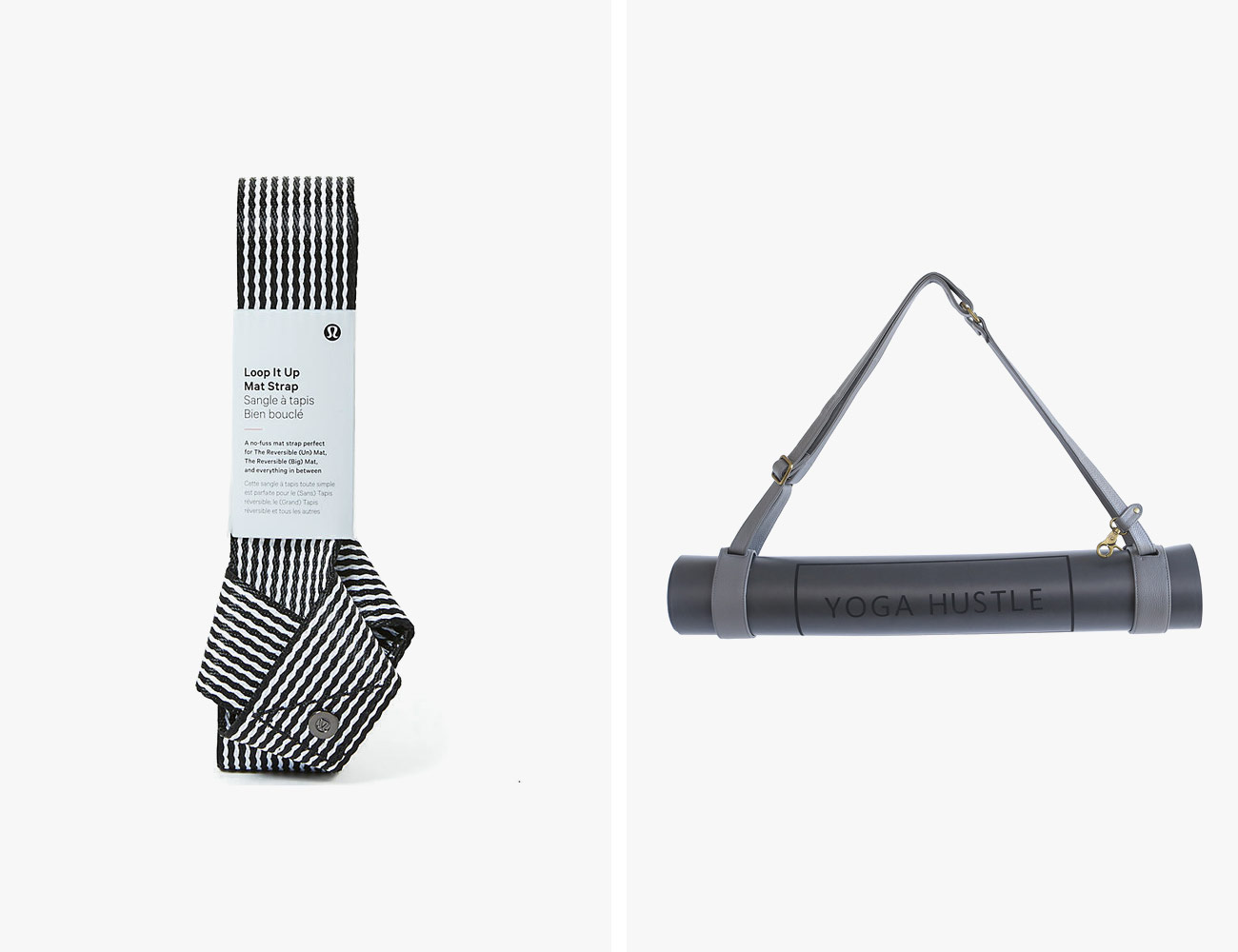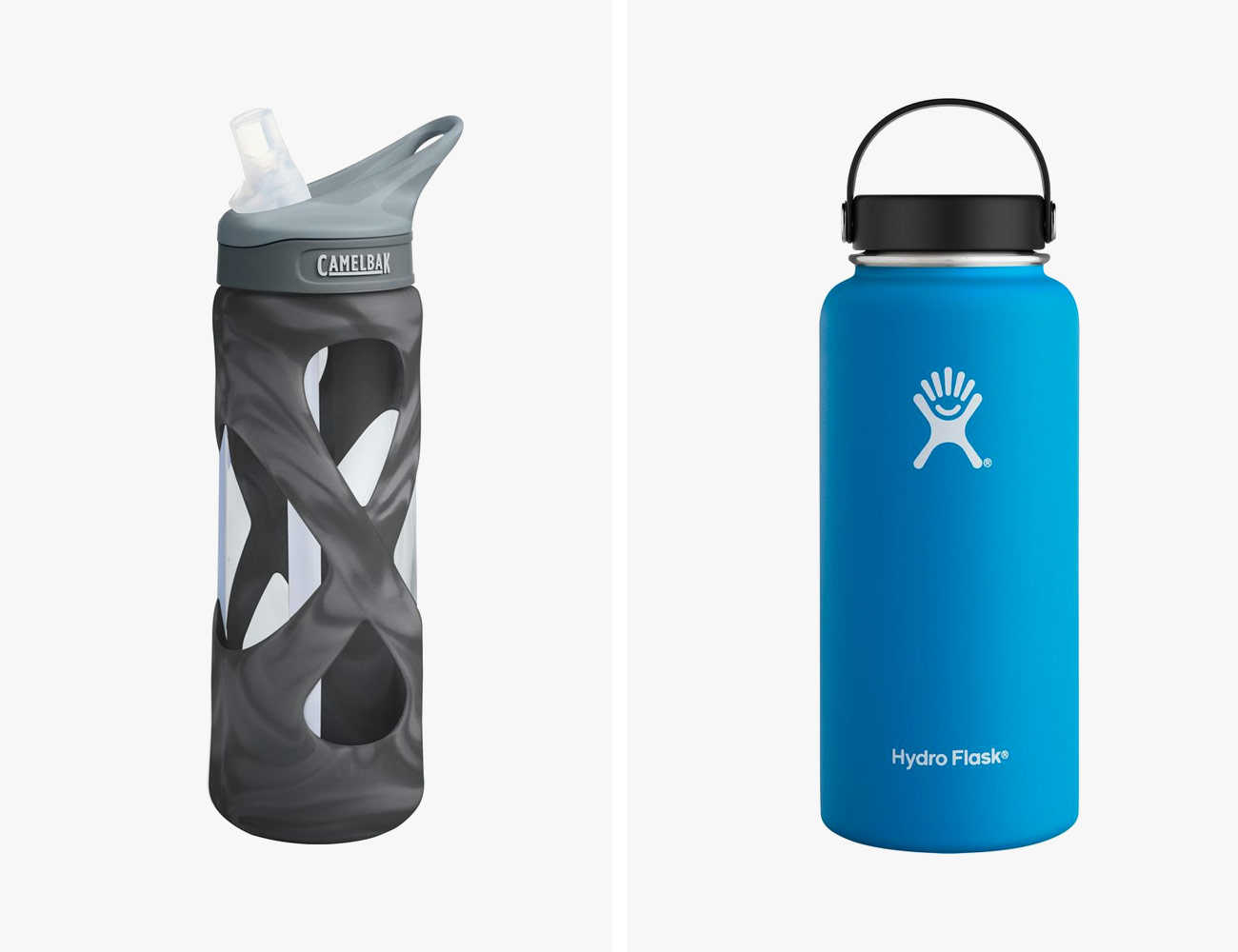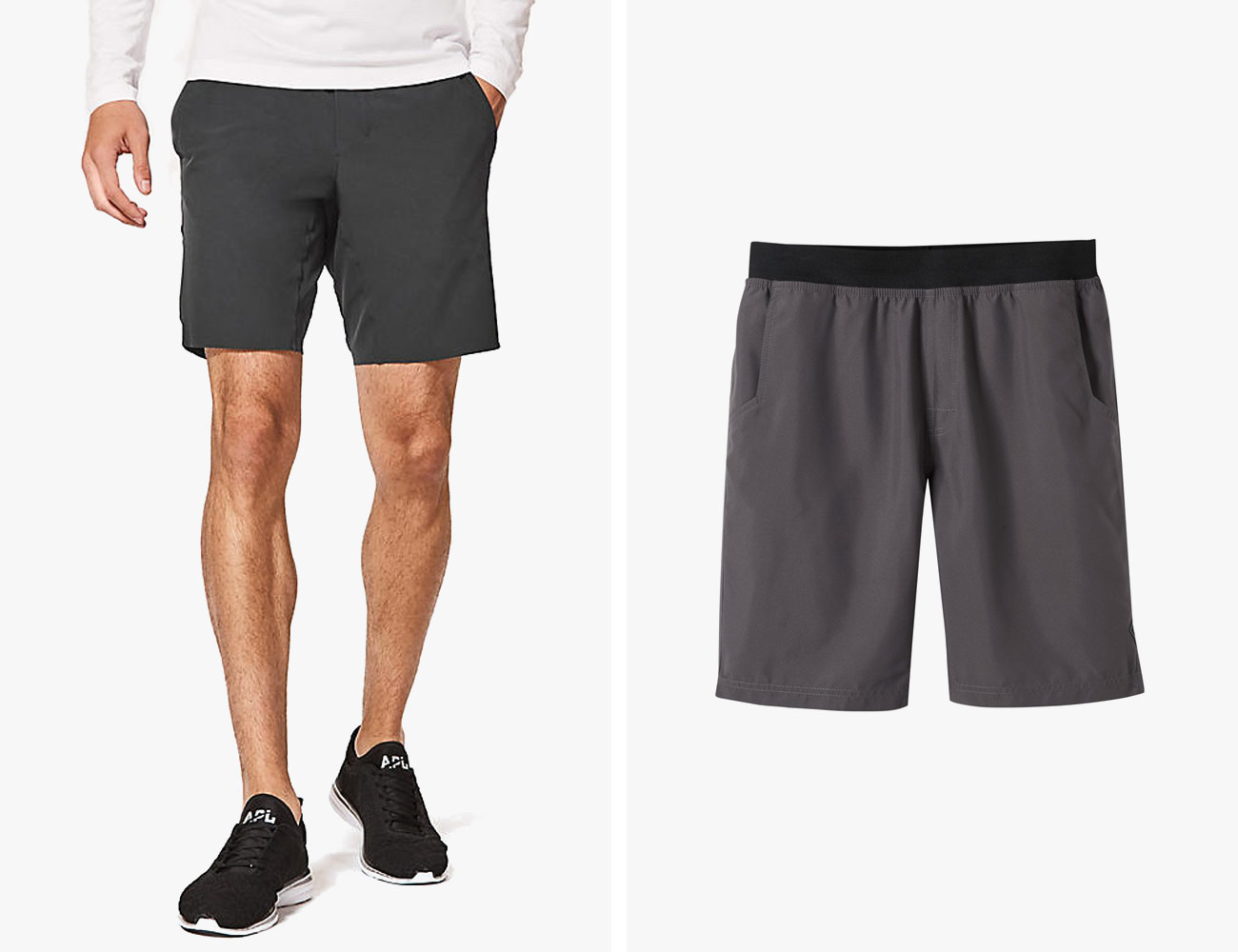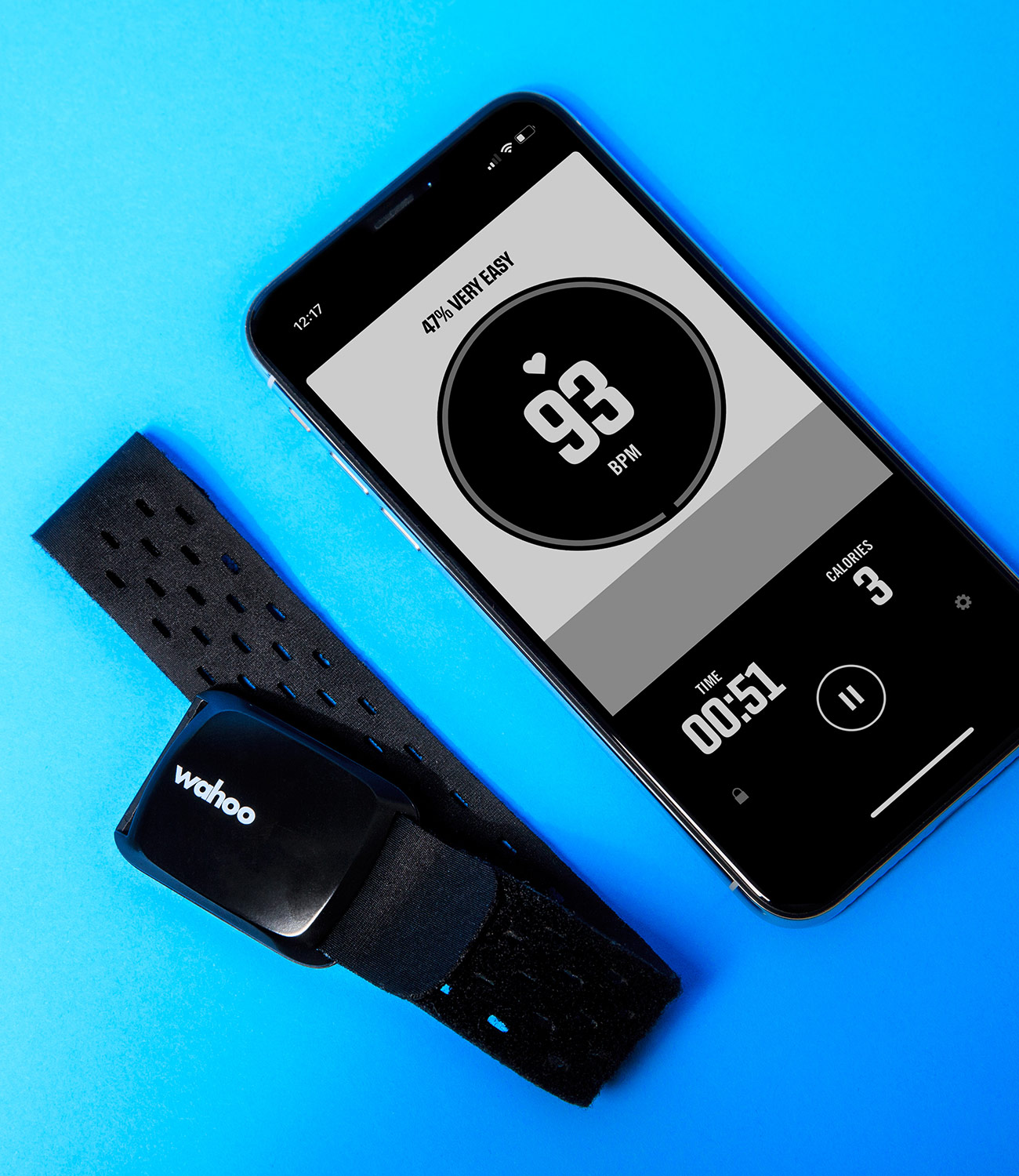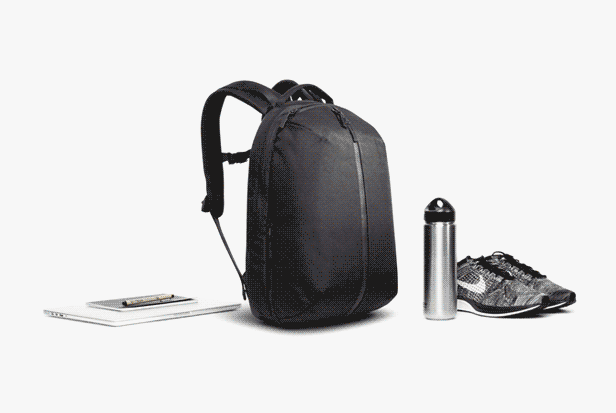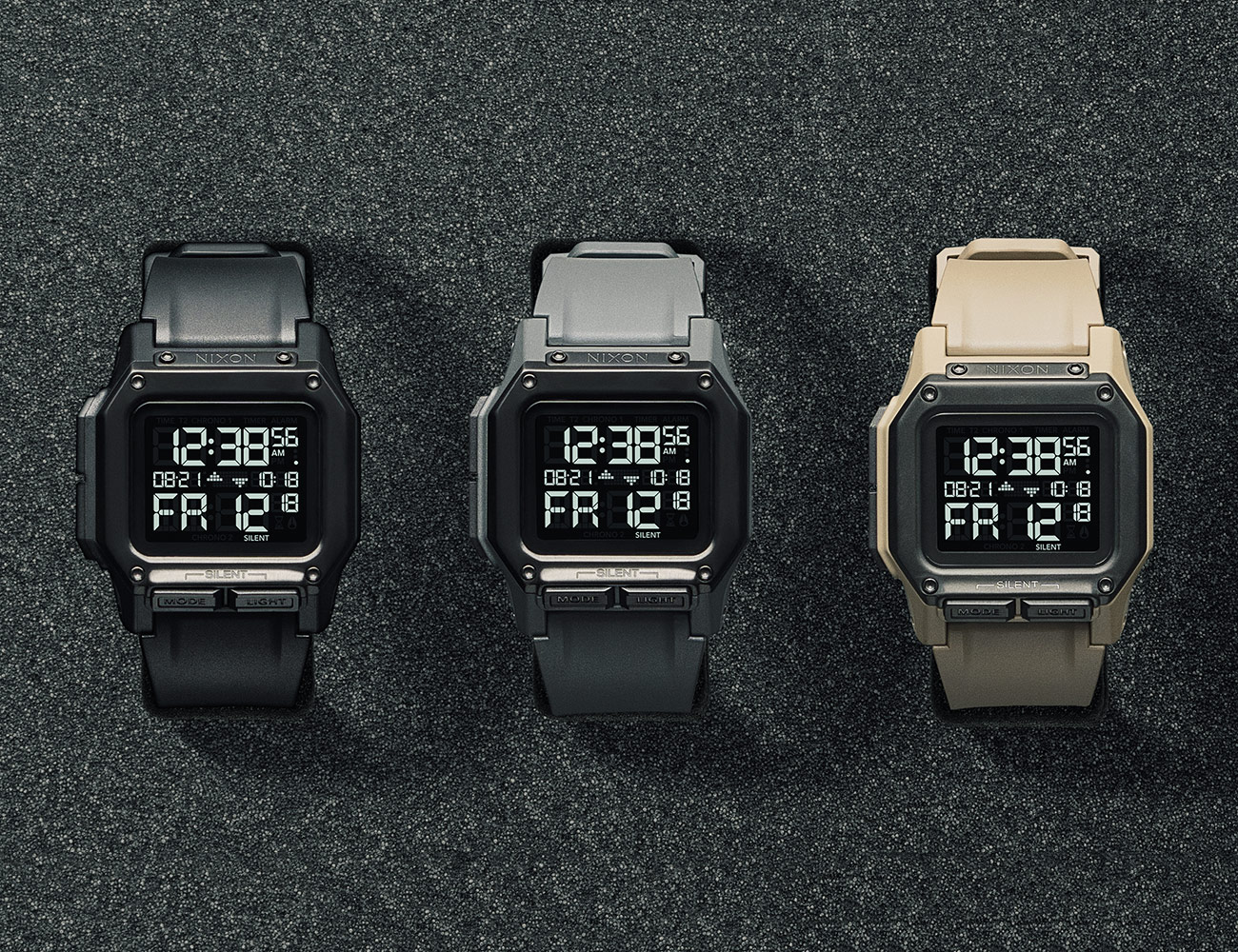Baselworld begins later this week, and with it will come a bevy of new watches. Baselworld and SIHH (which we covered in January) make up the two big watch shows of the year, and while SIHH is a small show mostly showcasing Richemont’s high-end horology, Baselworld has everything. From everyday brands, like Citizen and Bulova to high-end watchmakers like Rolex and Omega, to the very top echelon of watchmaking, like Patek Phillipe and Breguet — It’s all there.
That’s what’s particularly exciting about Baselworld: there’s something for everyone, at every price range, and within a few short days we’ll have a very holistic view of what’s happening in the watch world for 2018. What will Rolex bring? What vintage watch will get reissued next? Will a new release take everyone by surprise? Or will we just be treated to a slew of predictable special editions?
It’s impossible to really know any of these things for sure, but we can take a look at prevailing trends from years past, look for significant anniversaries, and consider this year’s pre-Basel releases to look for answers.
Ongoing Trends
Vintage designs will prevail. The use of vintage-inspired designs is certainly nothing new, but they continue to become stronger and more accurate to the original designs. Take last year’s Omega Trilogy, for example, which used a high-tech scanning process to reproduce the dials of the original Speedmaster, Seamaster and Railmaster. Or Seiko’s spot-on recreation of its first dive watch. Or even Rado’s accurate re-release of the Captain Cook diver. Given their popularity with enthusiasts, we’d expect to see more of the same with an emphasis on smaller case sizes and truly vintage recreations of the original watches’ dial designs. Watchmakers will continue to plumb the depths of their archives and will likely bring lesser-known references, too.

Watchmakers (slowly) embrace technology. Just in the last year, we’ve seen watchmakers attempt to incorporate more modern innovations into an otherwise archaic technology. Ressence’s E-Crown concept from SIHH this year is a great example of a brand being able to use electronics to improve (rather than replace) a mechanical movement. Frederique Constant also recently created a hybrid smartwatch that uses a mechanical watch as the base, rather than quartz. It’s possible that we might see more efforts to create an electronically-augmented mechanical watch at this year’s show. The “smartening” of lower-end quartz watches will continue, too, and we’re already seeing hybrid smartwatches become a bigger part of watches from brands like Casio and Fossil. Further, newer, more efficient materials like silicon are widely becoming the norm in lower cost watches (think the Tissot Powermatic 80 Chronometer and the Baume & Mercier Baumatic of this year’s SIHH). Expect to see more of that, as well as other movement refinements.
Accessibility and value are key. “Affordable,” is a tempting word to use, but it’d be a bit misleading as affordability is so absurdly relative in watchmaking. But creating accessible watches that pack a lot of value is important in convincing new luxury watch buyers to get with the program. This was certainly something we saw a lot of at SIHH this year with super premium brands, but its happening with all kinds of brands at Baselworld, too. Tudor’s current push to imbue its lineup with in-house movements without altering prices is certainly an example of a higher-end brand trying to offer more value for money. Meanwhile, Tissot’s recent addition of the Swissmatic movement (based on Swatch’s autonomously-produced Sistem51) is a more dramatic example of how Swiss watches are trying to widen their appeal by making more accessible mechanical watches.
Product Predictions
Alpina/Frederique Constant: Frederique Constant already debuted its mechanical hybrid smartwatch earlier this year, and since Alpina and Frederique Constant are two different sides to the same coin, we wouldn’t be surprised if the movement showed up in an Alpina with a sportier design. Frederique Constant also tends to unveil an affordable version of high complications, like last year’s Flyback chronograph. Another low-cost complication would be a welcome addition — we wouldn’t say no to a rattrapante.
Breitling: This will be Breitling’s first Baselworld with new CEO Georges Kern, formerly an instrumental figure at Richemont. We’ve already seen the addition of the new Navitimer 8 collection which hints at a new focus on some of the more reserved and lesser-known timepieces of the brand’s past. Hopefully, we see more refined vintage-inspired models like this and less emphasis on the hulking, machismo-laden tool watches the brand is currently known for.
Bulova: We know that Bulova already teamed up with Analog/Shift to bring back its iconic “Devil Diver” as a spot-on, super limited reissue. That watch had an orange dial, an automatic movement but only 666 versions exist. We do know that a non-limited version is on its way but we don’t know how it’ll differ from this model. We’re hoping at the very least it’ll keep the automatic movement as well as the authentic 40.5mm case.
Longines: Longines has had a lot of success in recent years going into its large catalog of vintage timepieces and pulling out models to reissue. The Heritage 1945 “Calatrava” and Heritage Diver especially. Another reissue like either of those seems like a sure thing.
Omega: You should probably expect a new version of the Speedmaster (there’s always a new version of the Speedmaster). What will it be? Well, the “Racing Dial” Speedmaster originally came out in 1968, so we could maybe see a Speedmaster Professional with that dial design come back. The “Ultra-Man” (which used an orange seconds hand) also came out in 1968, so there’s a possibility of that coming back, too. As for other watches in the Omega lineup, the brand recently gave an overhaul to its Aqua Terra lineup late last year, so we could see new additions to that model range.
Oris: Oris has won over a lot of enthusiasts with their accessibly-priced vintage reissues, like the Divers Sixty-Five and Chronoirs chronograph. We’re sure another vintage reissue will debut, though, given the brand’s vast portfolio of vintage watches, we have no idea what it could be.
Rolex: There’s no telling what Rolex is up to every year, but we can infer a couple of things based on the last couple years. For one, expect very small tweaks to a few watches in the lineup (revised cases, new dials, slightly-improved movements). Of course, in the last two years, we’ve seen an icon in the Rolex arsenal get a mild update that calls to mind the look of an earlier reference. Last year it was the red text on the Sea-Dweller, and the year before that it was the black ceramic bezel on the Daytona. Could we see a steel GMT Master with the original Pepsi bezel? A Milgauss with a waffle dial? We can only hope.
Seiko: While we’re sad to see the SARB017 “Alpinist” leave, we’d expect the Seiko to roll out a replacement aimed at markets outside Japan (that’s exactly what happened last year with the discontinuation of the SARB065 and subsequent introduction of the SRPB43). It also seems Seiko has brought back the Landmaster name with two new references released ahead of the show. Seiko might add new watches to its growing Presage line as well as its Prospex Divers lineup.

TAG Heuer: TAG Heuer’s reissue of the Autavia last year was a big deal, so expect the momentum to continue. We could see more references of that watch. In terms of anniversaries, the lesser-known Heuer Camaro is turning 50 this year, so its possible it’ll make a comeback, too, using the Heuer 02 movement the brand debuted in the new Autavia last year. Going out on more of a limb, we’d love to see a recreation of the Heuer “Bund” used by the German military in the ’60s and ’70s, and the current Autavia’s skeleton would be a great way to bring it back.
Tissot: Tissot has had some low-key incredible additions as of late. The Powermatic 80, for example, gave the watch world a COSC-certified timepiece just below the $1,000 mark, while the more recent Everytime Swissmatic put to use Swatch’s incredible Sistem51 movement. It would be great to see more models in the lineup make use of these movements.
Tudor: The introduction of the brand’s new MT5813 chronograph movement (made in partnership with Breitling) was big news, so we’ll probably see it pop up in new watches from the brand. We could possibly see new references of the Black Bay Heritage Chronograph, and the racing-inspired Heritage Chrono is due for an update at some point. The brand’s forgotten “Style” lineup could also use some love, though that’s probably wishful thinking.

Zenith: When Jean-Claude Biver took over as interim CEO of Zenith, he quickly steered the brand’s focus towards mechanical innovation. Last year’s debut of the ultra-high frequency El Primero Defy and the later addition of the new Defy Lab (which the brand touts as the most accurate mechanical watch in the world) are heartening signifiers of some much-need change for Zenith. We expect to see these technologies to be expanded upon.
The Best of SIHH 2018

Our favorites at the show offered high value for the money and pushed the boundaries of mechanical technology. Read the Story
